1. I am walking Muranów in spring. A century ago and more this was the heart of Jewish Warsaw. During the Second World War it was the infamous Warsaw Ghetto, the vast prison where Jews died by starvation and disease, and from which the Germans deported some 300,000 to Treblinka, where they formed a third of the Jews murdered by gas there. In the spring of 1943—exactly eighty years ago this month—Muranów was the site of the famous Warsaw Ghetto Uprising, in response to which the Germans demolished the district building by building, leaving virtually nothing standing. After the war, as part of the Communist government’s Stalinization efforts, Muranów became a massive housing estate built from the reconditioned rubble. Today it is a quiet residential district in the center of the city, parts of it refashioned with skyscrapers and upscale towers.
I am walking Muranów, and I cannot make sense of what I know.
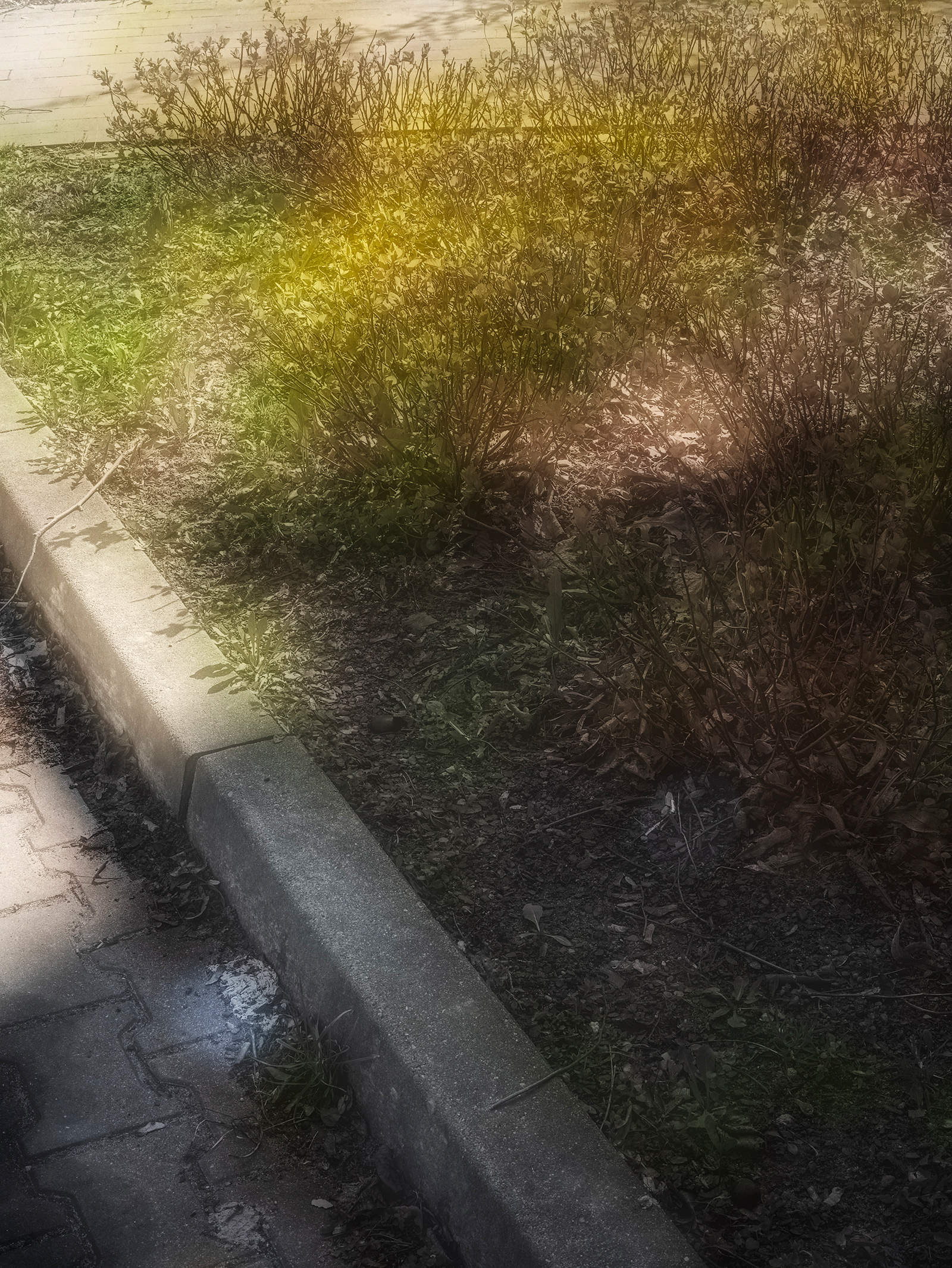
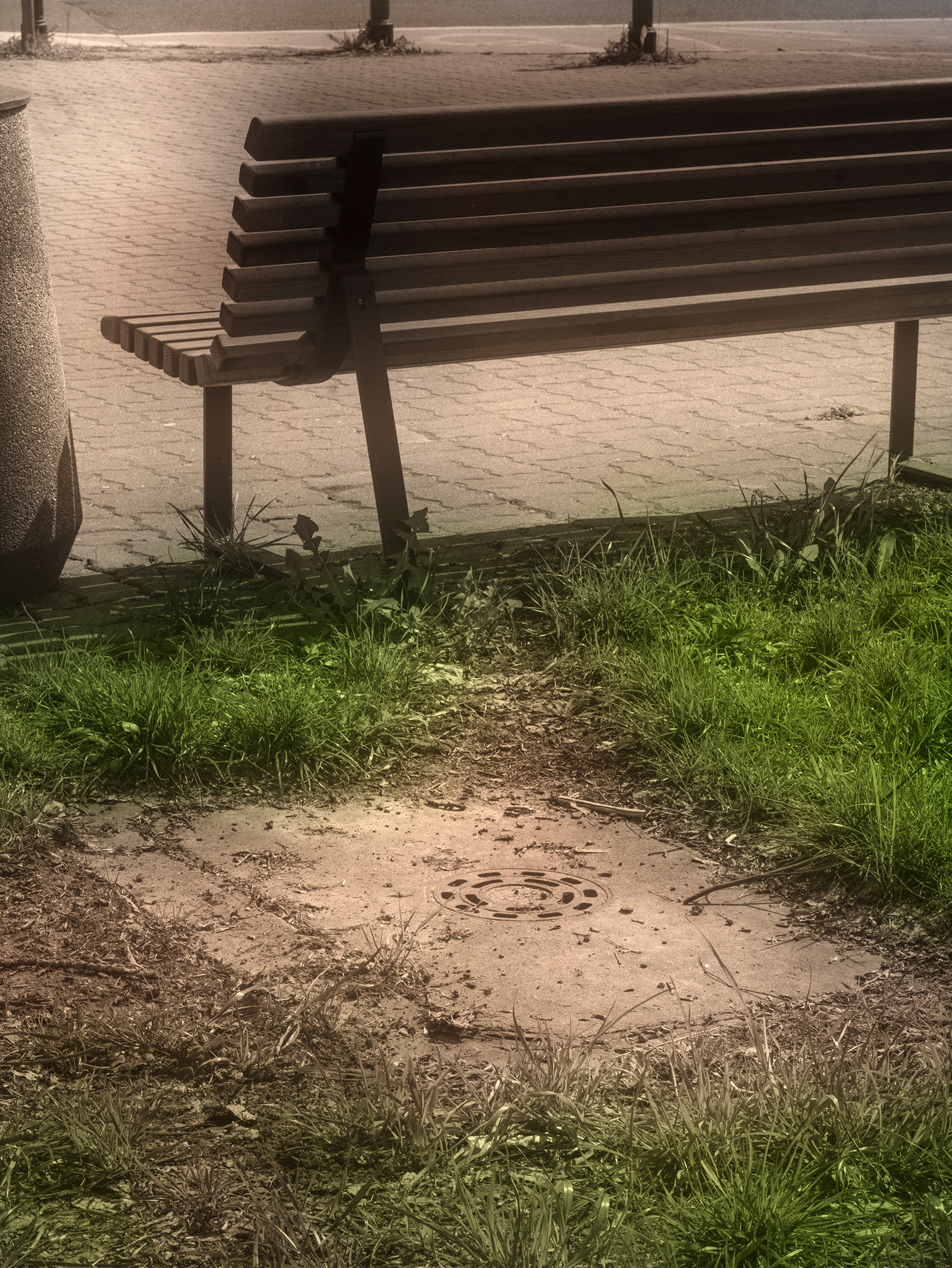
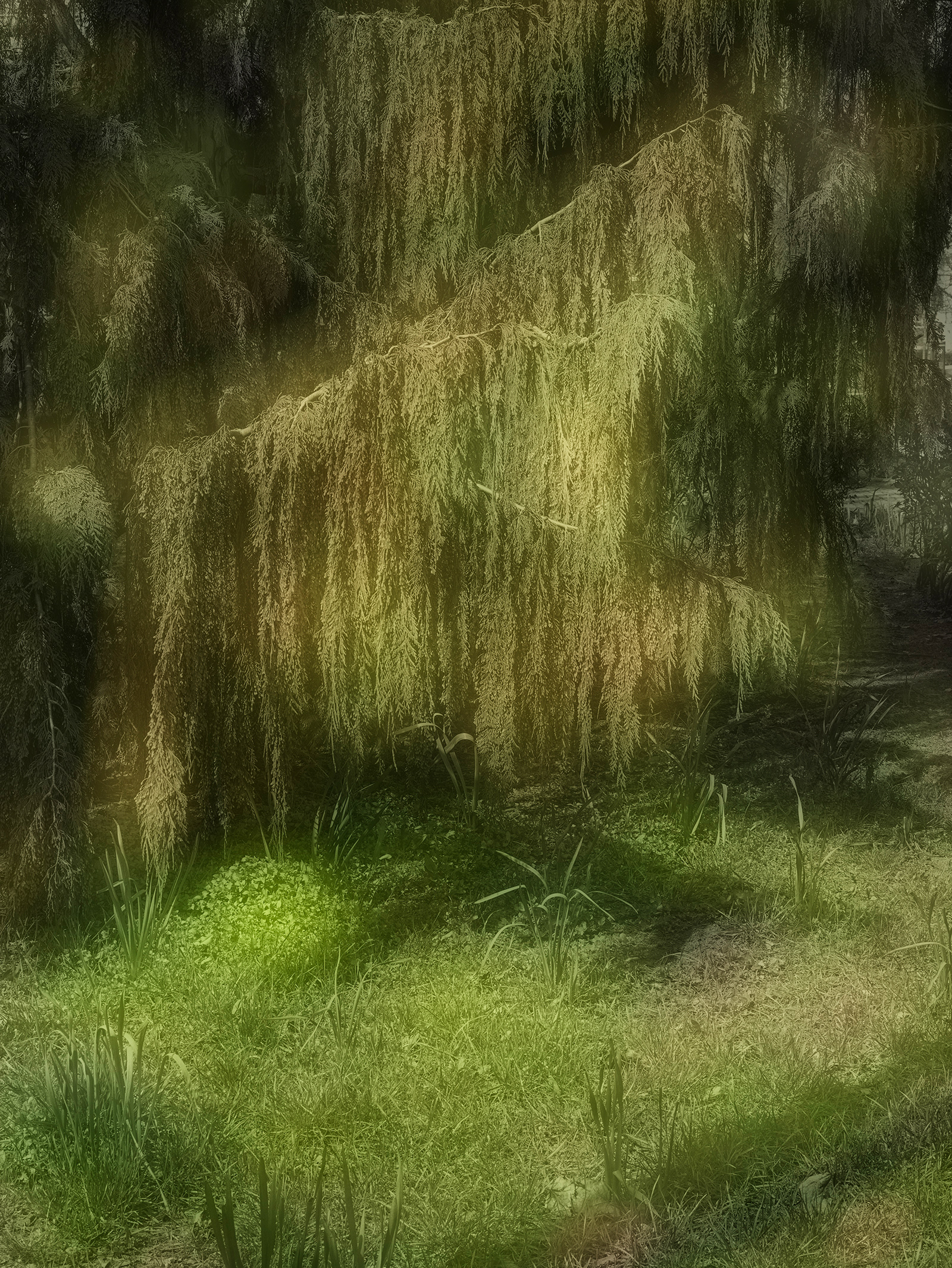
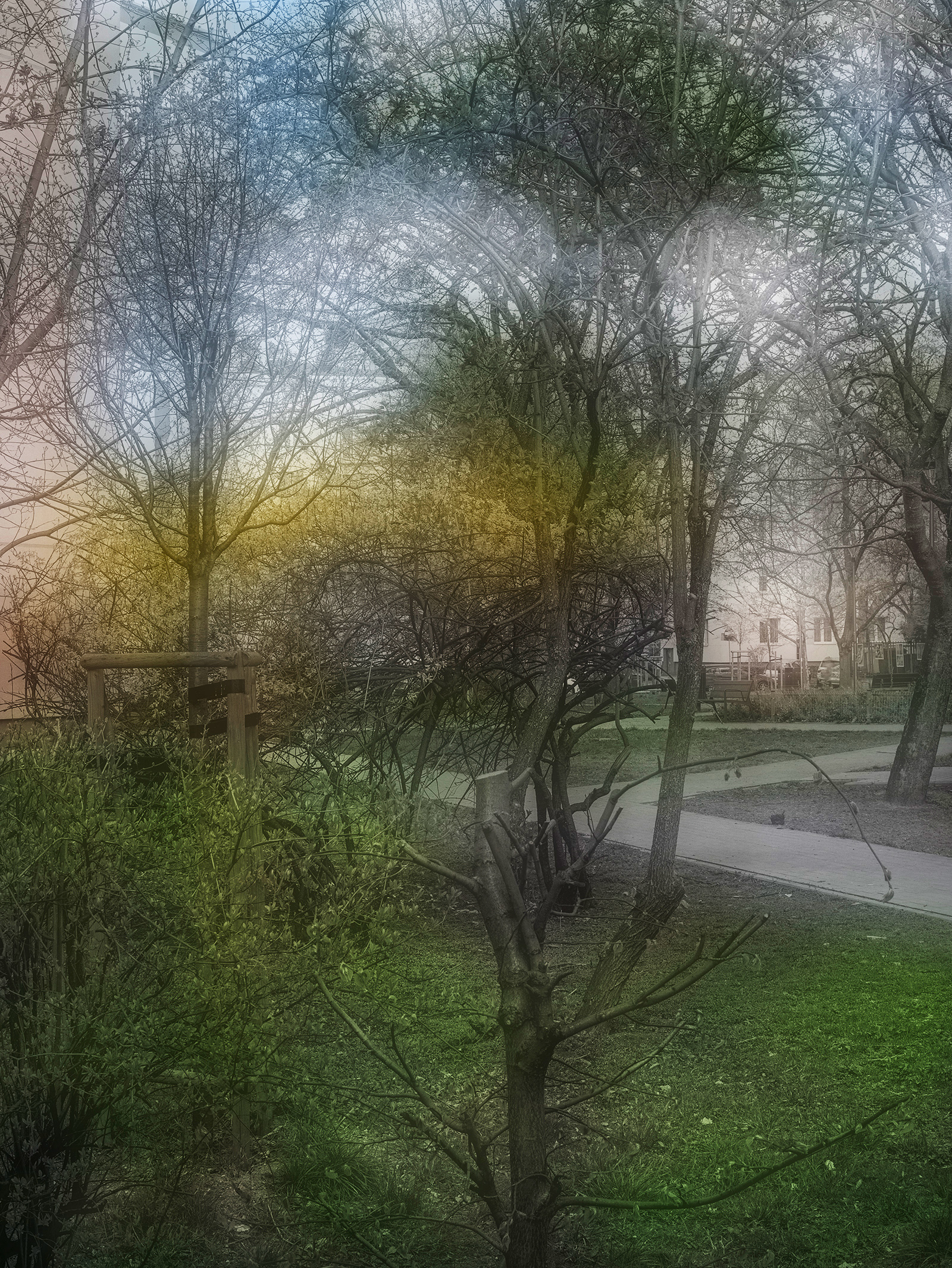
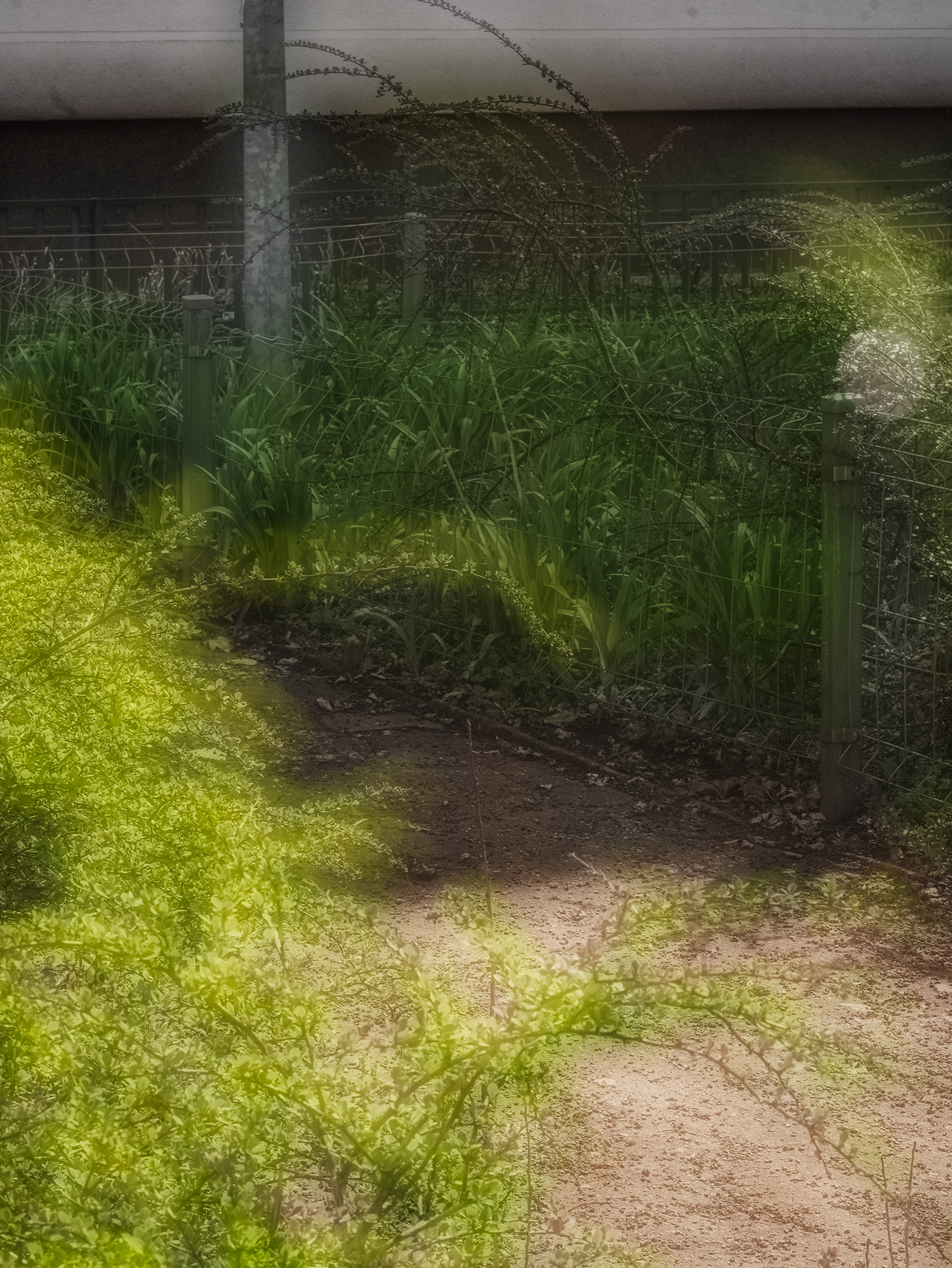
2. I am inclined to speak philosophically to what I cannot comprehend. I address the incomprehension as if it were an interlocutor, as if it bore consciousness. Before long, it becomes obvious enough that my questions live in a ruined city of their own.
To my incomprehension, I say: I can discern a few things about time. Rather in the way light has a dual identity as a particle and a wave, time in Muranów seems to me both a range and a force, and in each case it acts with two “purposes” (or are its purposes perhaps simply consequences?). I can discern time as a scope within which things appear and disappear, and I can discern time as an energy that makes things vanish, and also makes them endure. Walking Muranów, these aspects of time seem to collide and recombine, a dynamic situation. I am moved to photograph in response.
In Muranów, I can also say about photography something akin to what I can discern about time: the photograph is a vessel for the preservation of things, also a vessel into which things disappear, also an agency that makes things endure, also an agency that makes things disappear.
Is it a coincidence that time and photography should resemble each other in Muranów?
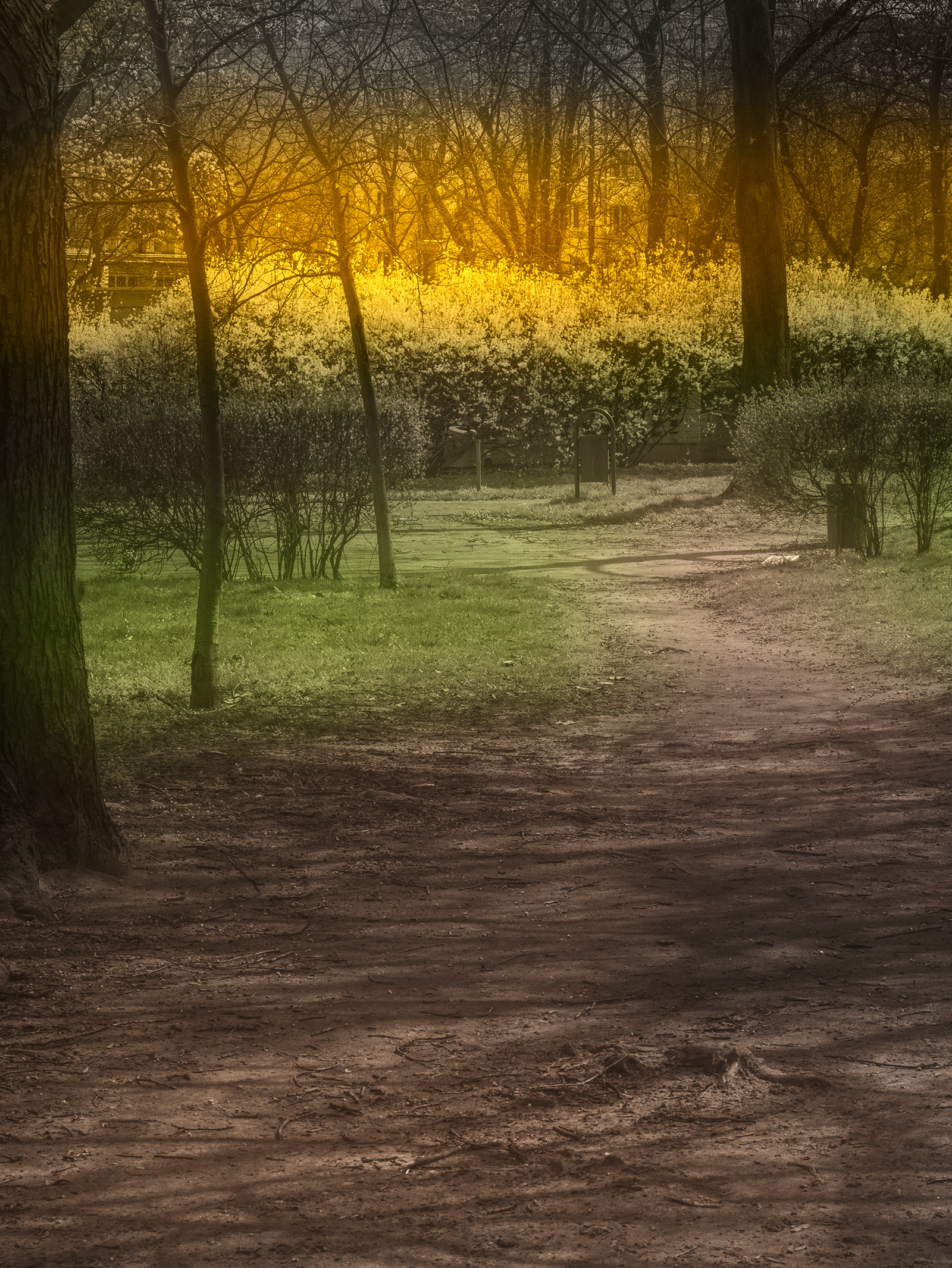
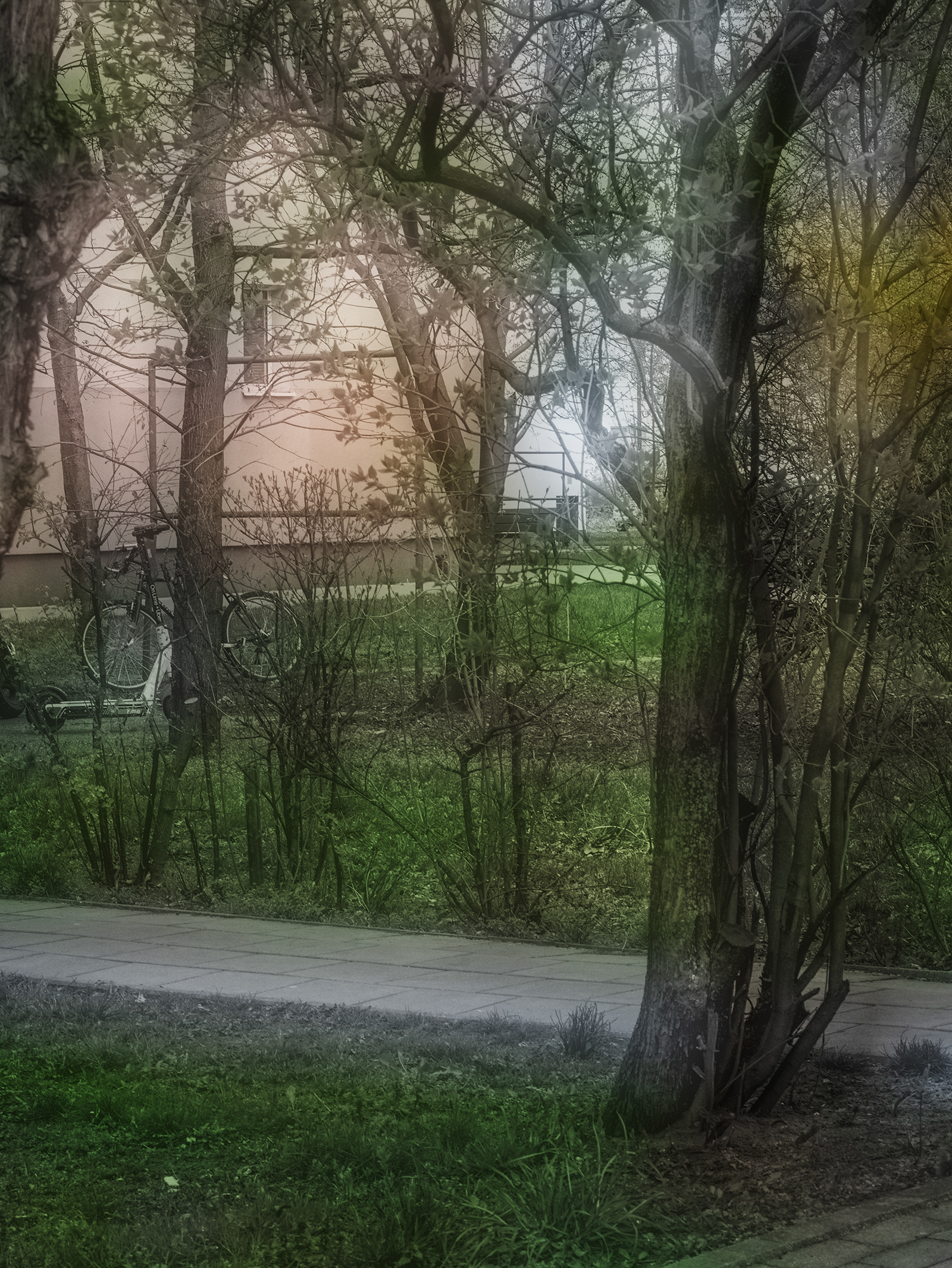
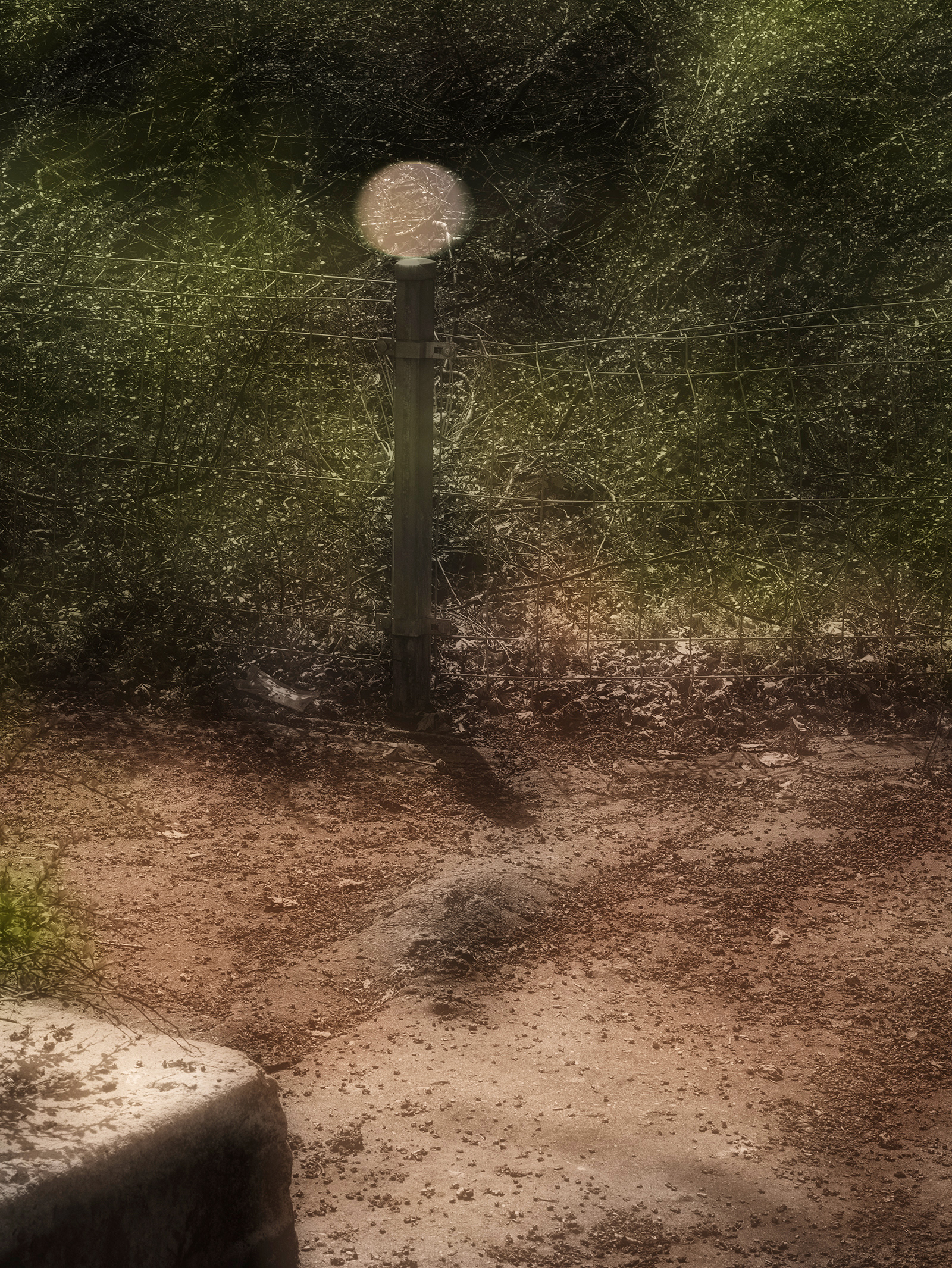
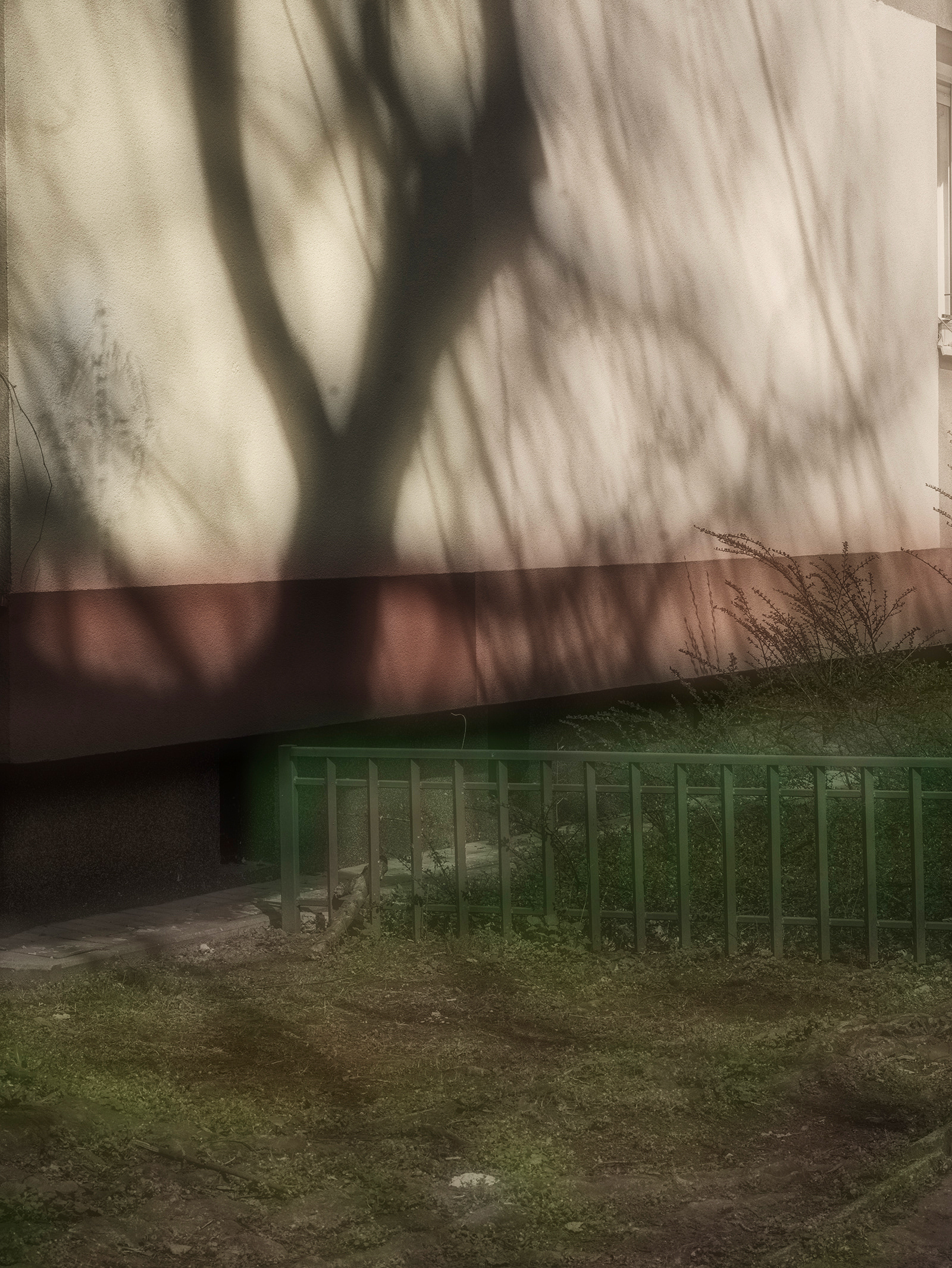
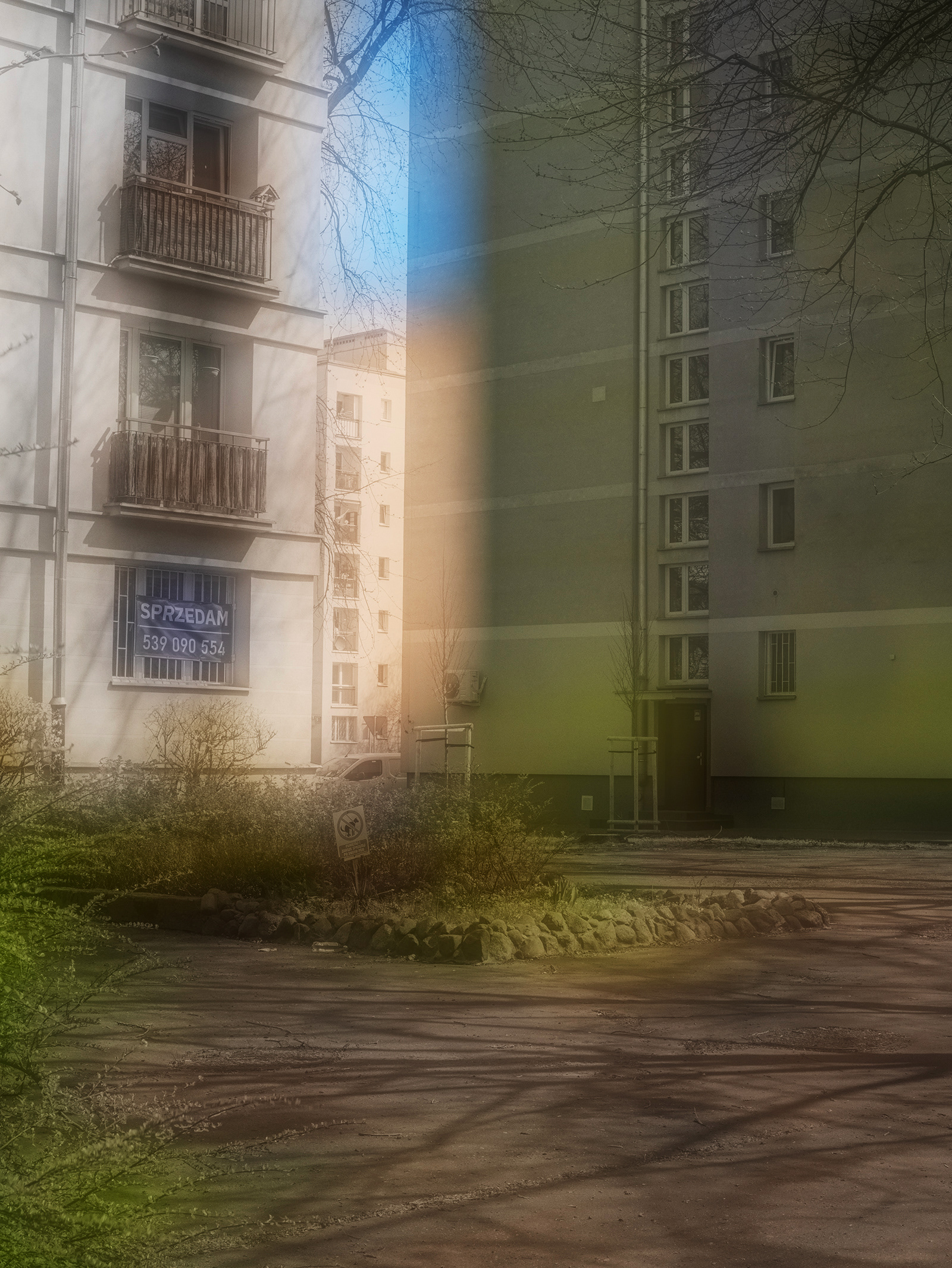
3. For me, the theoreticians of memory do not compass Muranów. I do not see in Muranów what Pierre Nora thinks of as a “lieu de mémoire,” “site of memory,” a place whose memorial constructs block forgetting. Though it contains items of important memorial heritage, emblematically the Monument to the Ghetto Heroes, it is not clear to me how far beyond themselves monumental emblems of memory reach—whether their very monumentality effectively licenses forgetting elsewhere, even places very nearby. Likewise I do not see in Muranów a void of traces from which the invisible can be made envisionable, as Claude Lanzmann wants from his notion of a “non-lieu de mémoire,” “non-site of memory.” Rather Muranów seems to turn me constantly toward a crisis of envisioning. Also I do not see Muranów as a “non-site” of Robert Smithson’s kind, in which the “actual” site is displaced elsewhere metaphorically—for example into a photograph. In the legacy of genocide, I cannot say what is more “actual” than loss. Also I do not see Muranów as a source of Georges Didi-Huberman’s “images malgré tout,” “images in spite of all,” a mystical if defiant assertion against unimaginability. Imagination may be catalyzed by conjecture, but is it ever verified by conjecture? Michael Rothberg’s notion of “nœuds de mémoire,” “knots of memory” perhaps approaches Muranów most closely for me—non-static processes of unexpected encounter between conflictual pasts and conflictual presents—but Rothberg’s approach strongly favors memory’s emergence rather than disemergence.
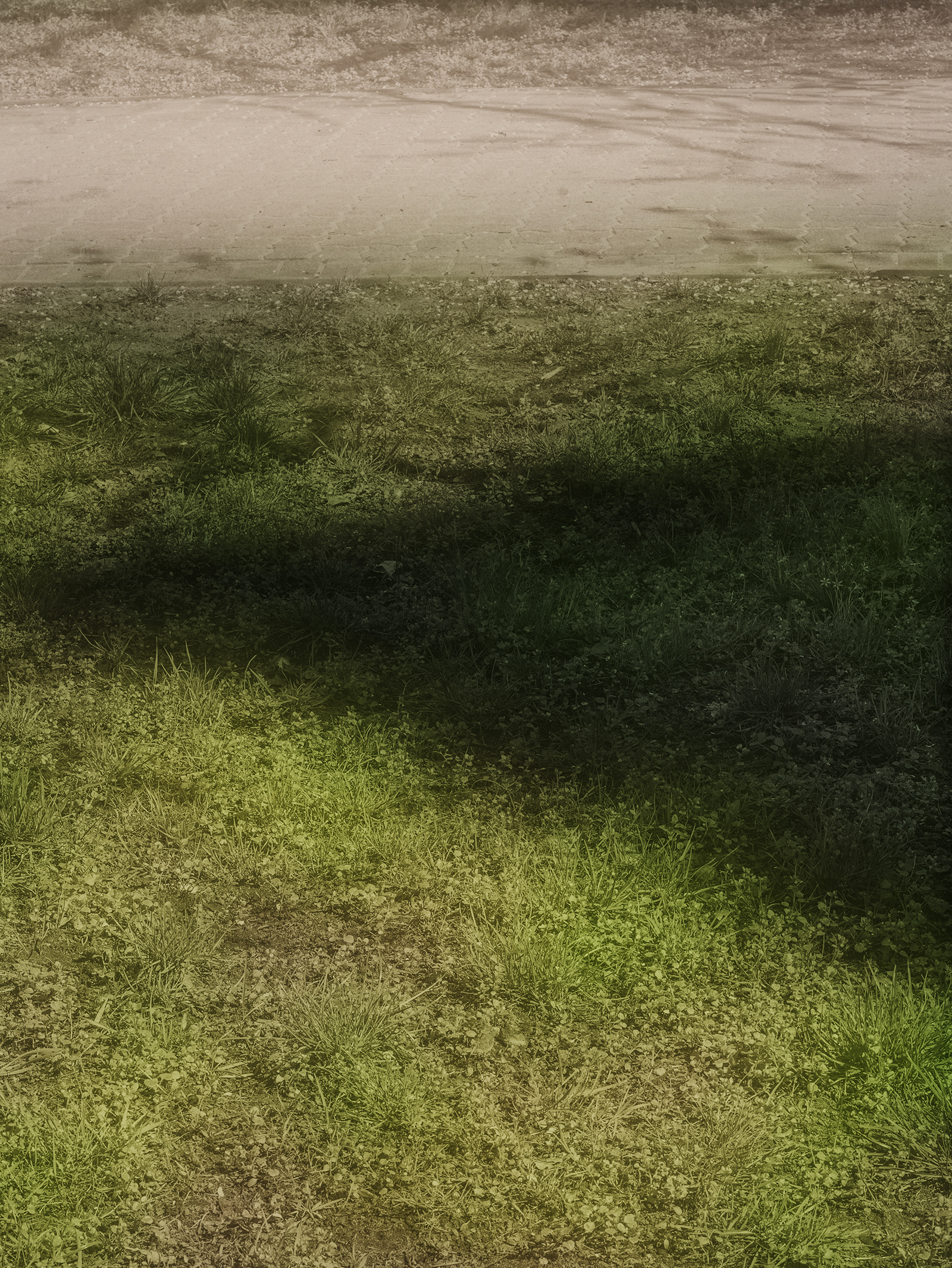
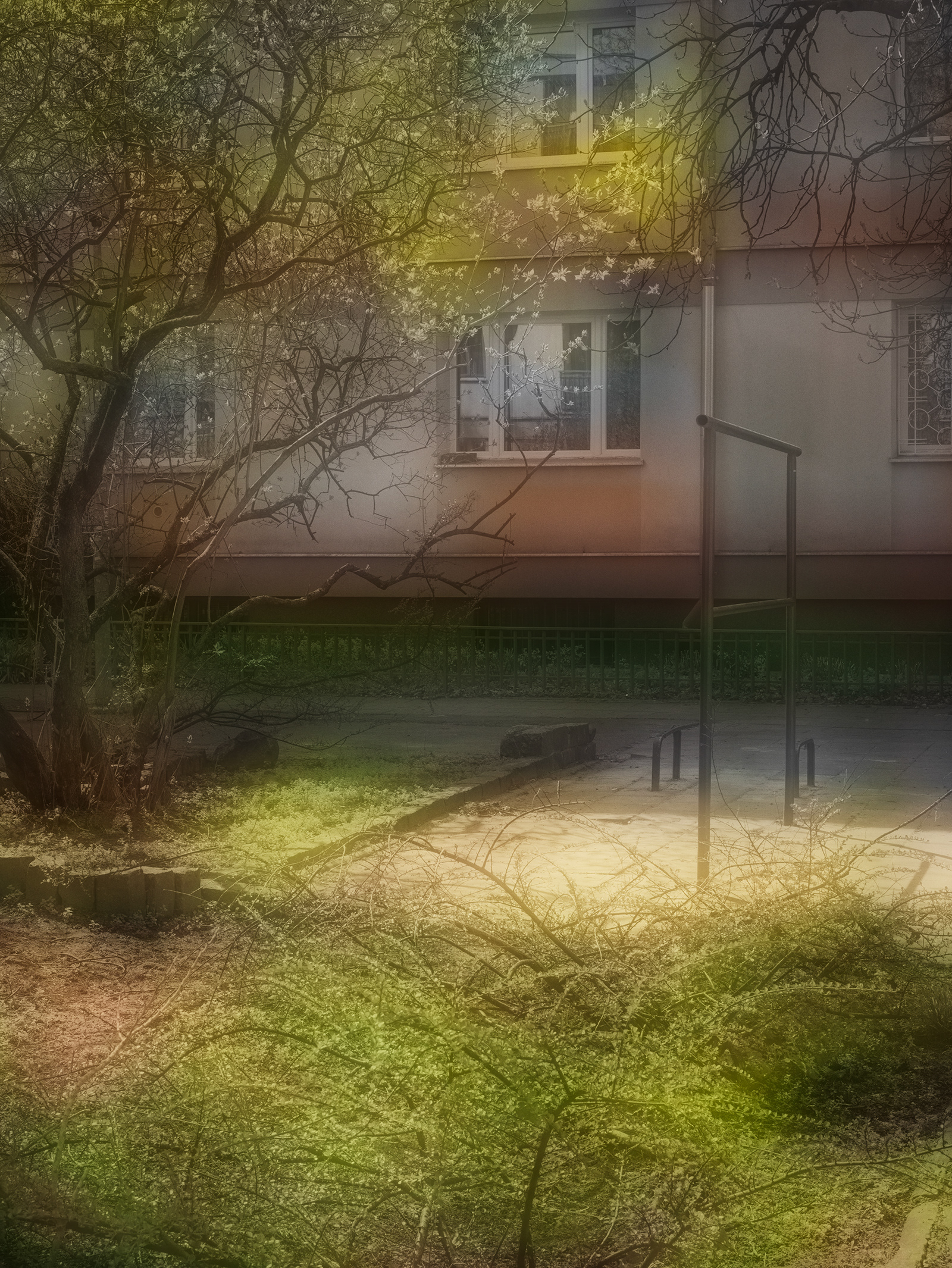
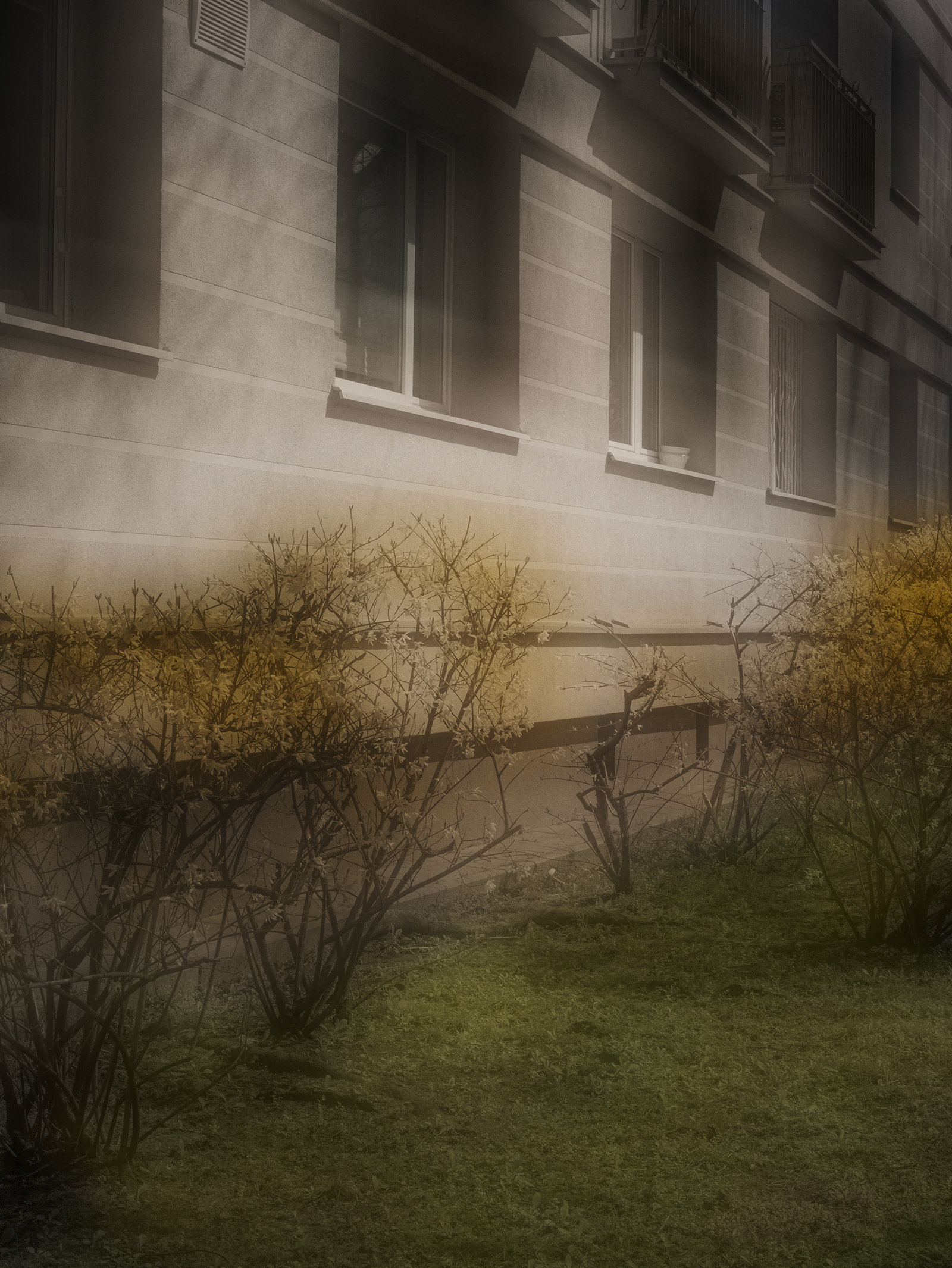
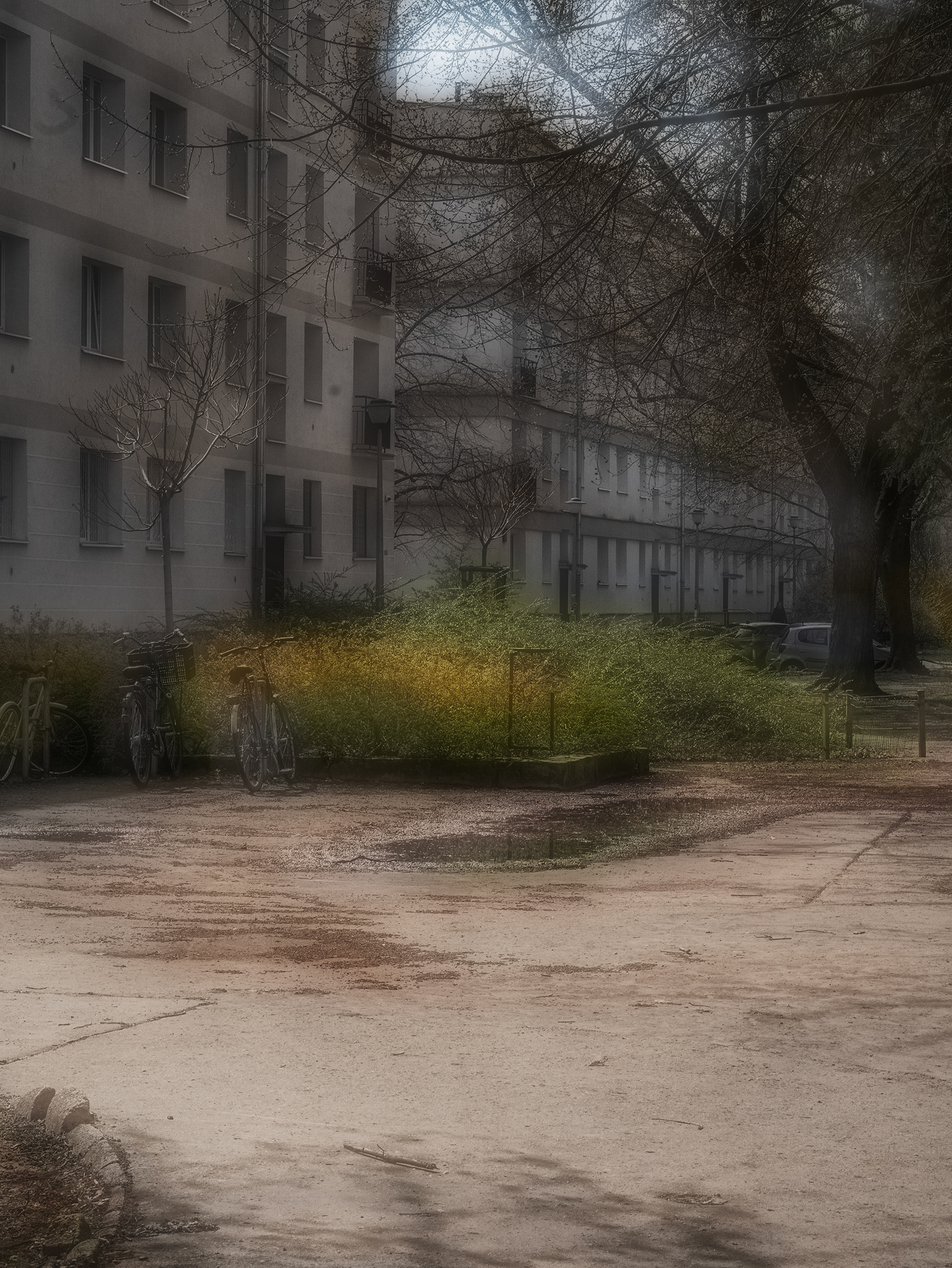
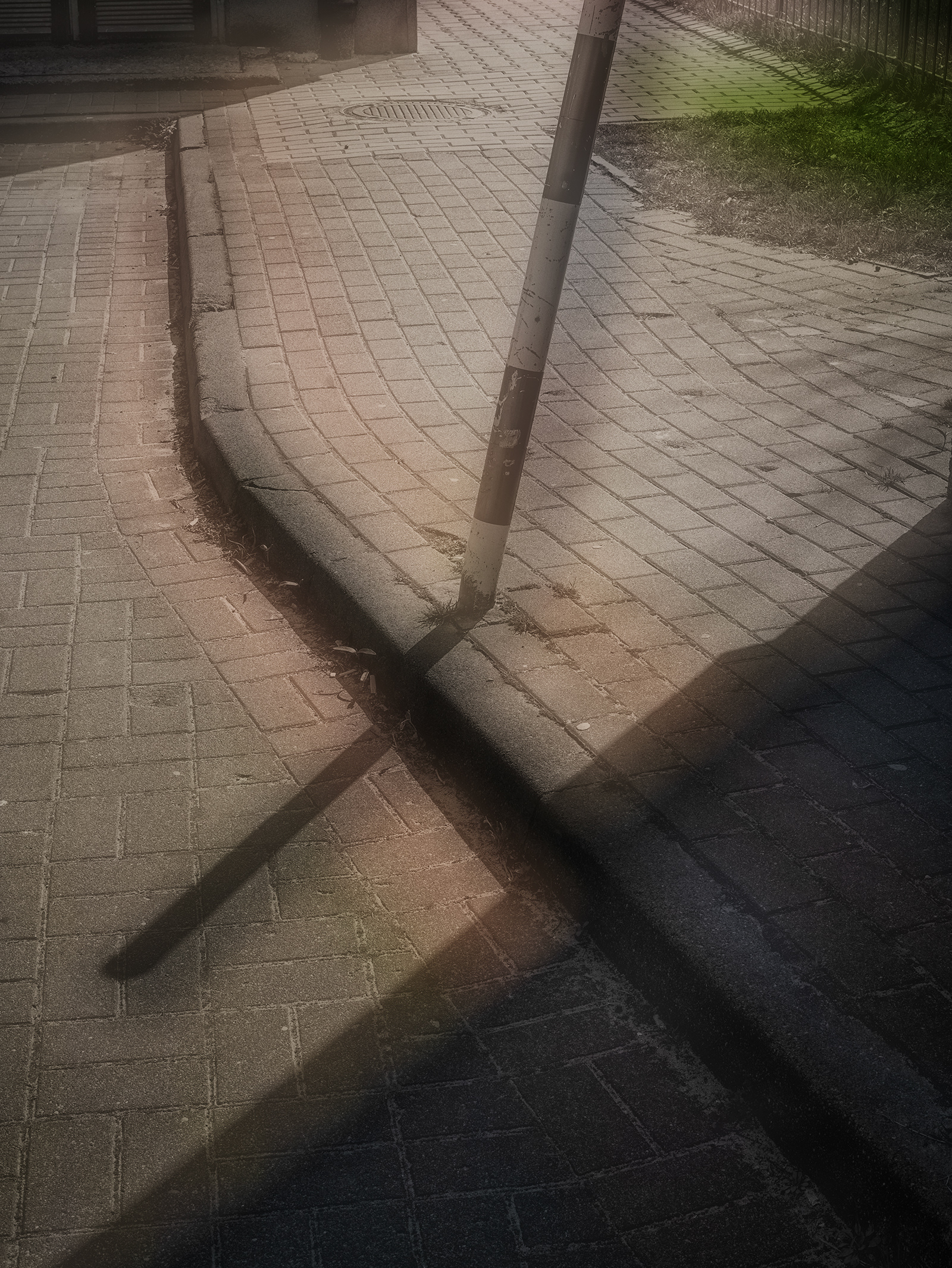
4. Most of what I can say about Muranów—from Muranów, to Muranów—is incoherent. But I remember that a few months ago I wrote something to the muse about what I call the Jewish nothing. I hasten to say: she is wise, intelligent, discerning, quick. She knows that the nothing, by its nature, cannot be spelled out, but she asked me at least to trace its circumference. Trusting her, I tried. I put some word-stakes in the ground, marking out an empty middle. I wrote to her that the Jewish nothing is:
an ache, an aching within historical consciousness / a chimaera, a divine monster made of hybrid creatures / historical ruin with continuing force / loss with the quality of presence / rupturedness as a potency / new violence lurking within what has vanished / voidedness with volatility / still-sinking sunkenness / disquieted silence, silence spiked with spite / bereftness of meaning made heritable / a memorial urge that maligns memory—
I cannot say better today what I said to her that night.
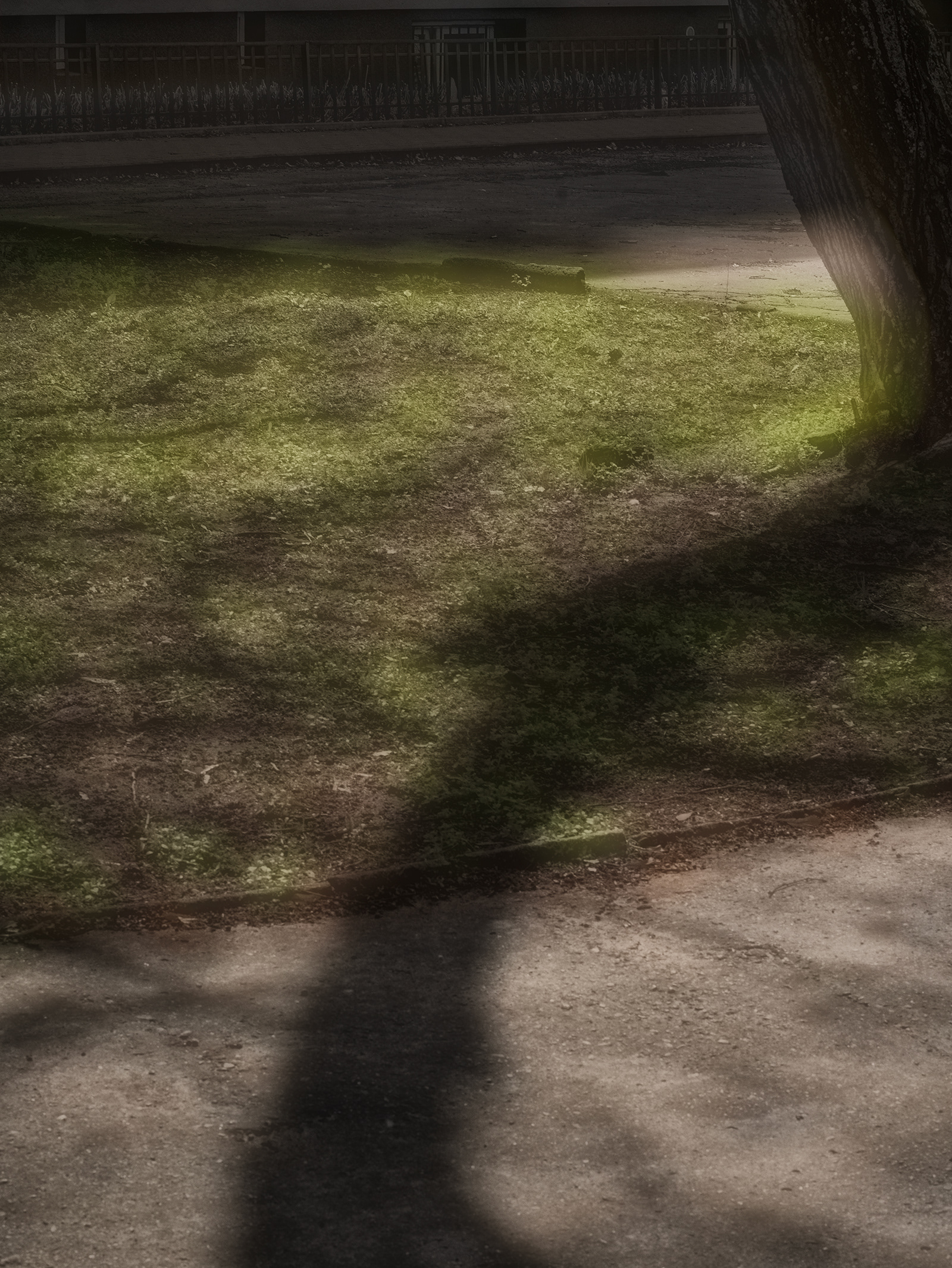
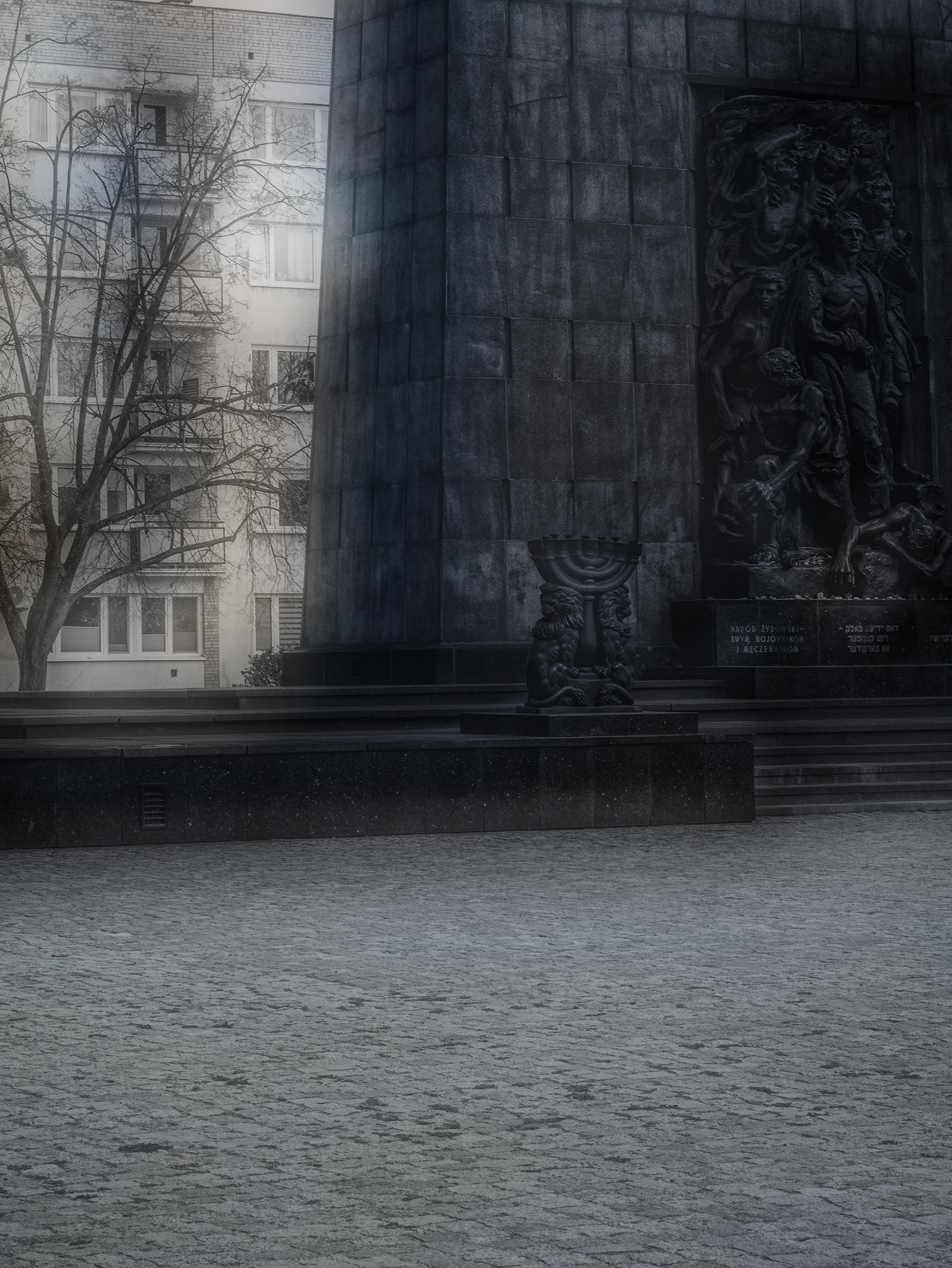
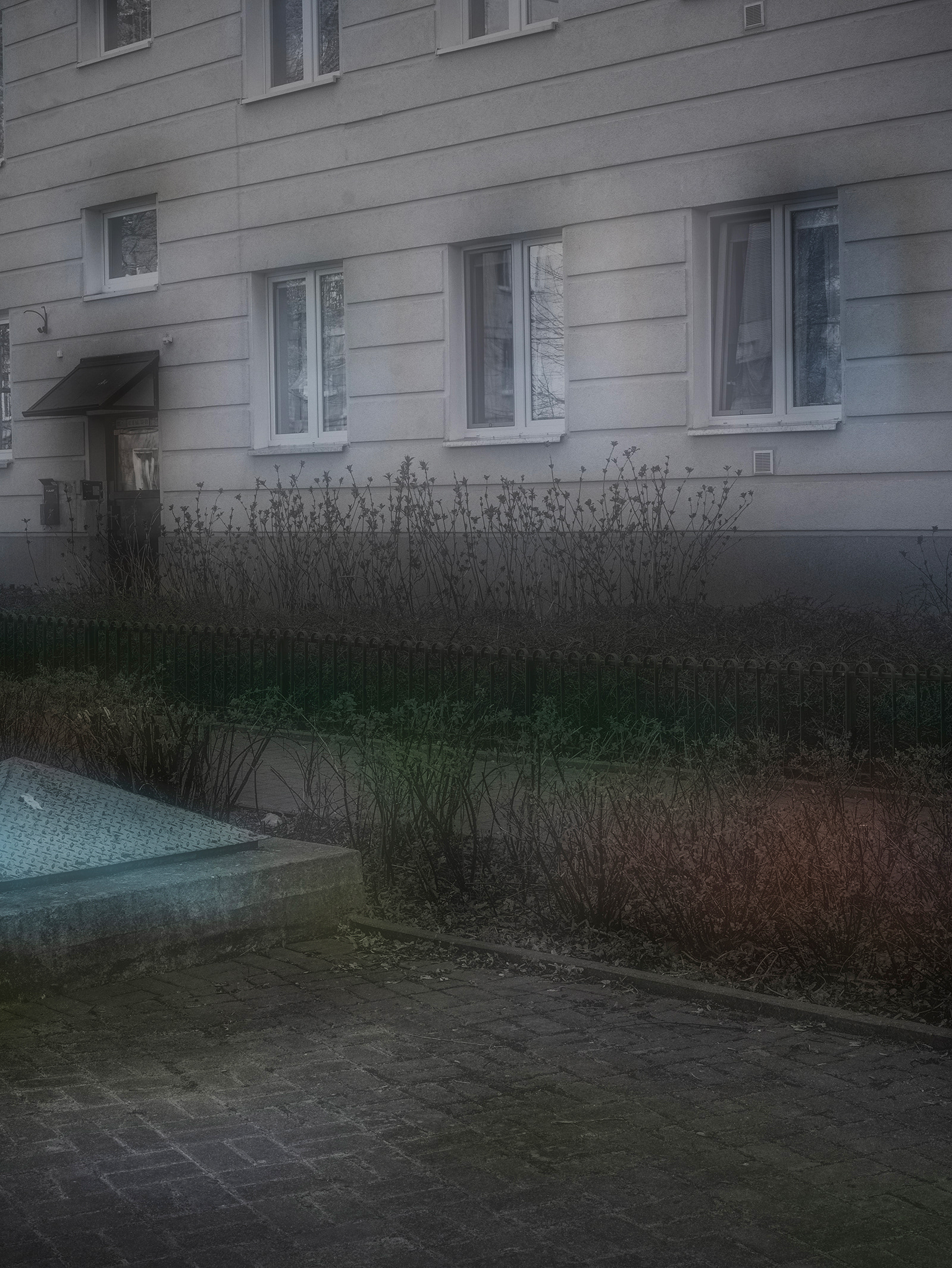
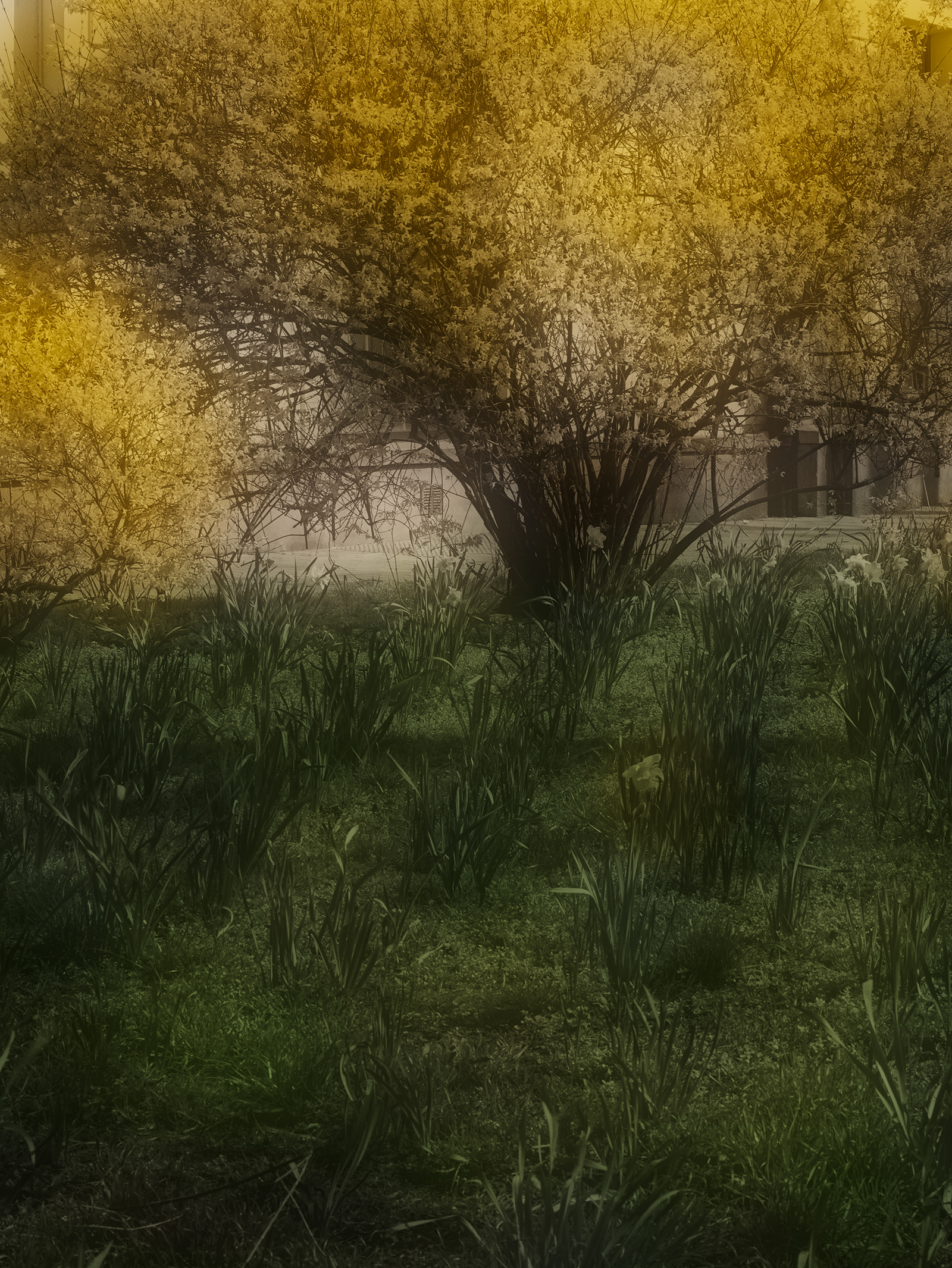
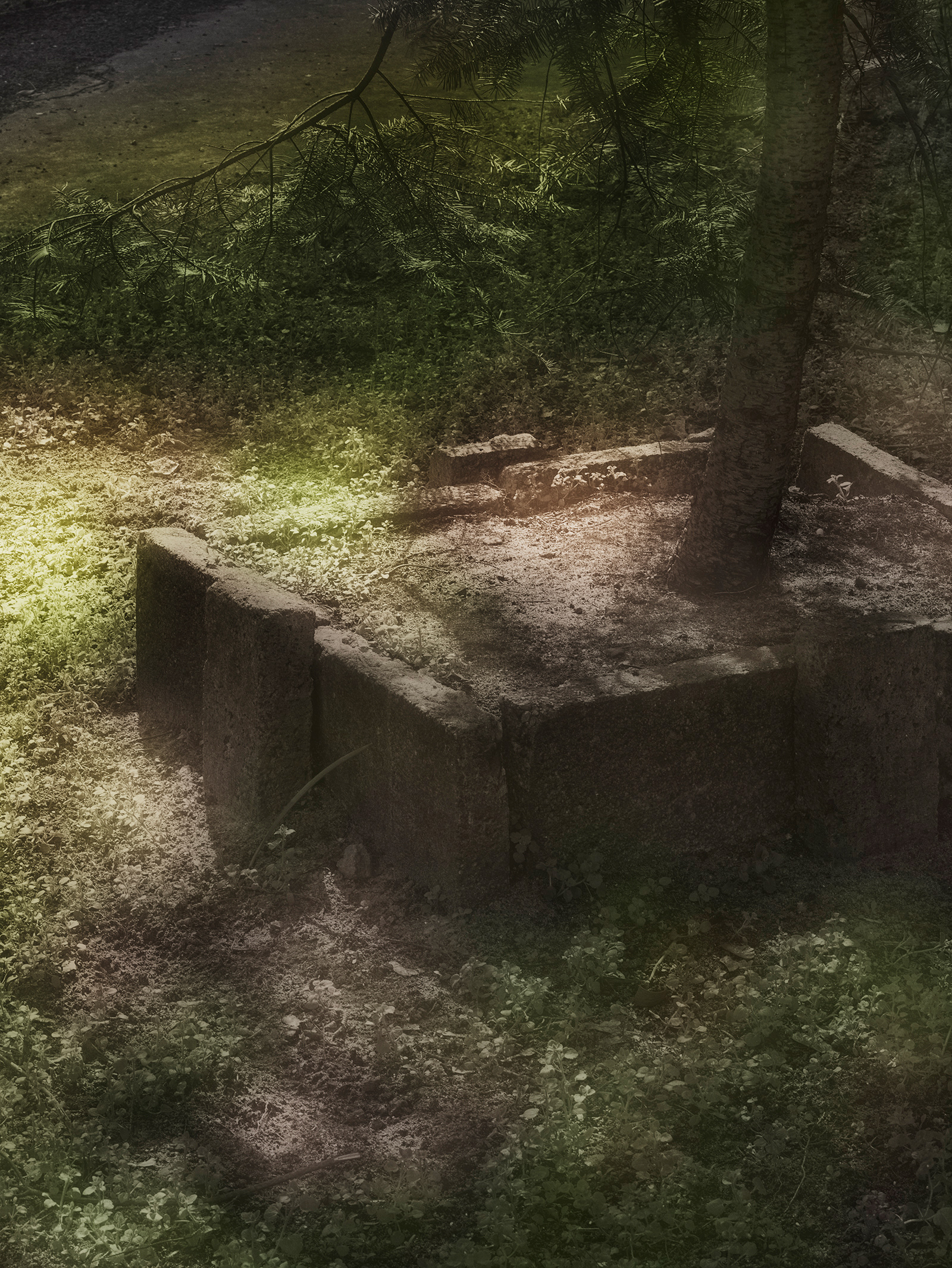
5. A simple and difficult proposition: the nothing begins where the something ends, but this is only to speak of the order of our encounter—to meet the nothing is to meet what was there prepossessingly, a truth of unmeaning or dysmeaning or futility always already there.
In the Torah, the nothing appears most cogently for me in Kohelet, who calls it הֲבֵ֤ל הֲבָלִים֙, “havel havalim,” which in the King James translation is “vanity of vanities,” and in Robert Alter’s hearing is “merest breath”—perhaps alternately, “most vaporous of what is altogether vaporous.” Kohelet states it plainly: הֲבֵ֥ל הֲבָלִ֖ים הַכֹּ֥ל הָֽבֶל “havel havalim, hakol havel,” “vanity of vanities, all is vanity,” “merest breath, all is mere breath,” “vaporous of vaporous, all is utterly vaporous.” But is it important that the merest thing is a breath? I think it is: still this most fleeting, insubstantial, vanishing and merest thing, which we come to discover is the all of it—the strangely merest all of the world—still the merest thing is of-life.
Or I might put it this way, changing the metaphor: to behold the nothing is to behold two truths, clinging as one. The truths of meaning spin the truths of unmeaning and vice versa in a double helix, a spiritual genomic equivalent of the molecular genetic structure of life.
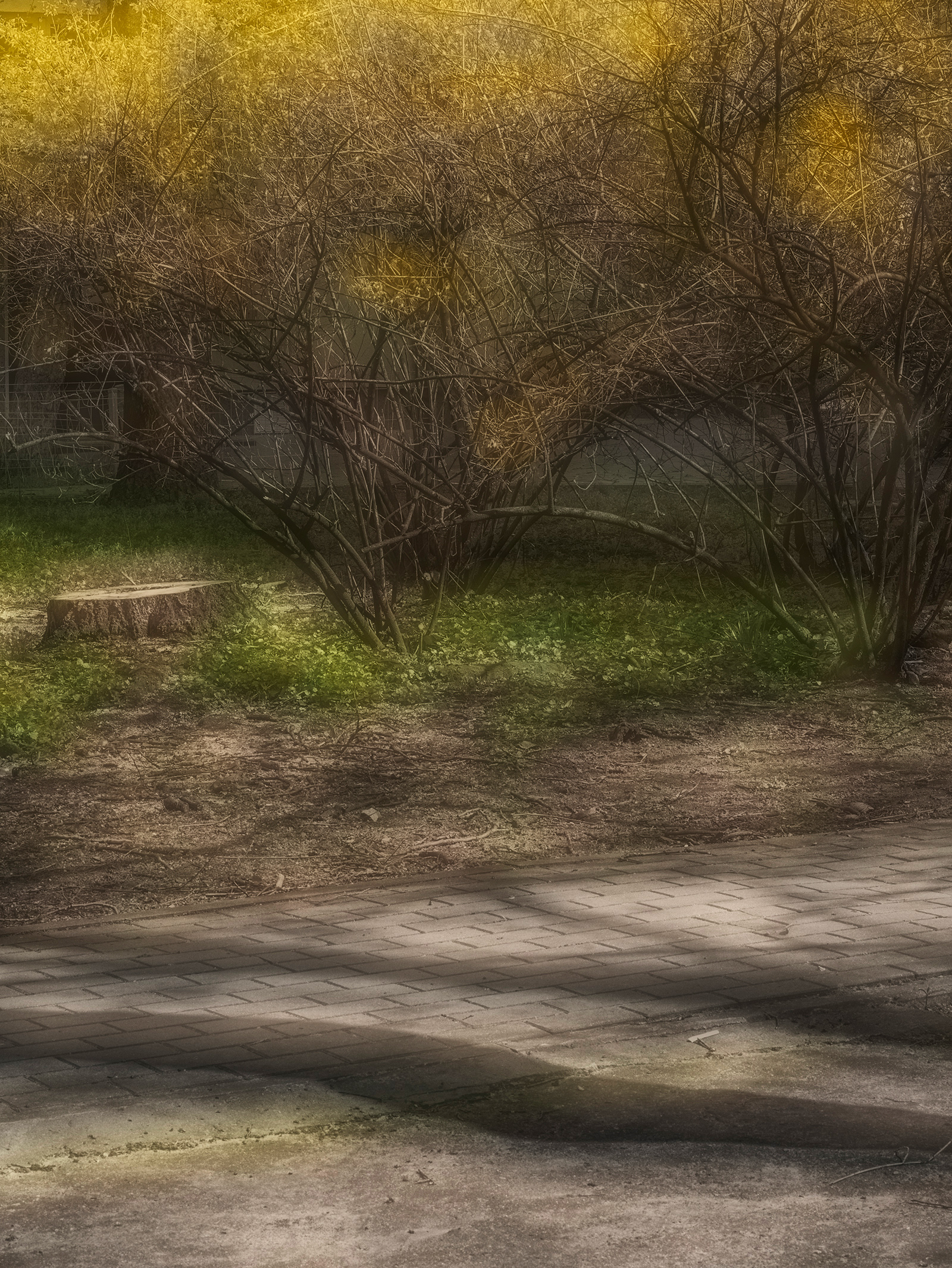
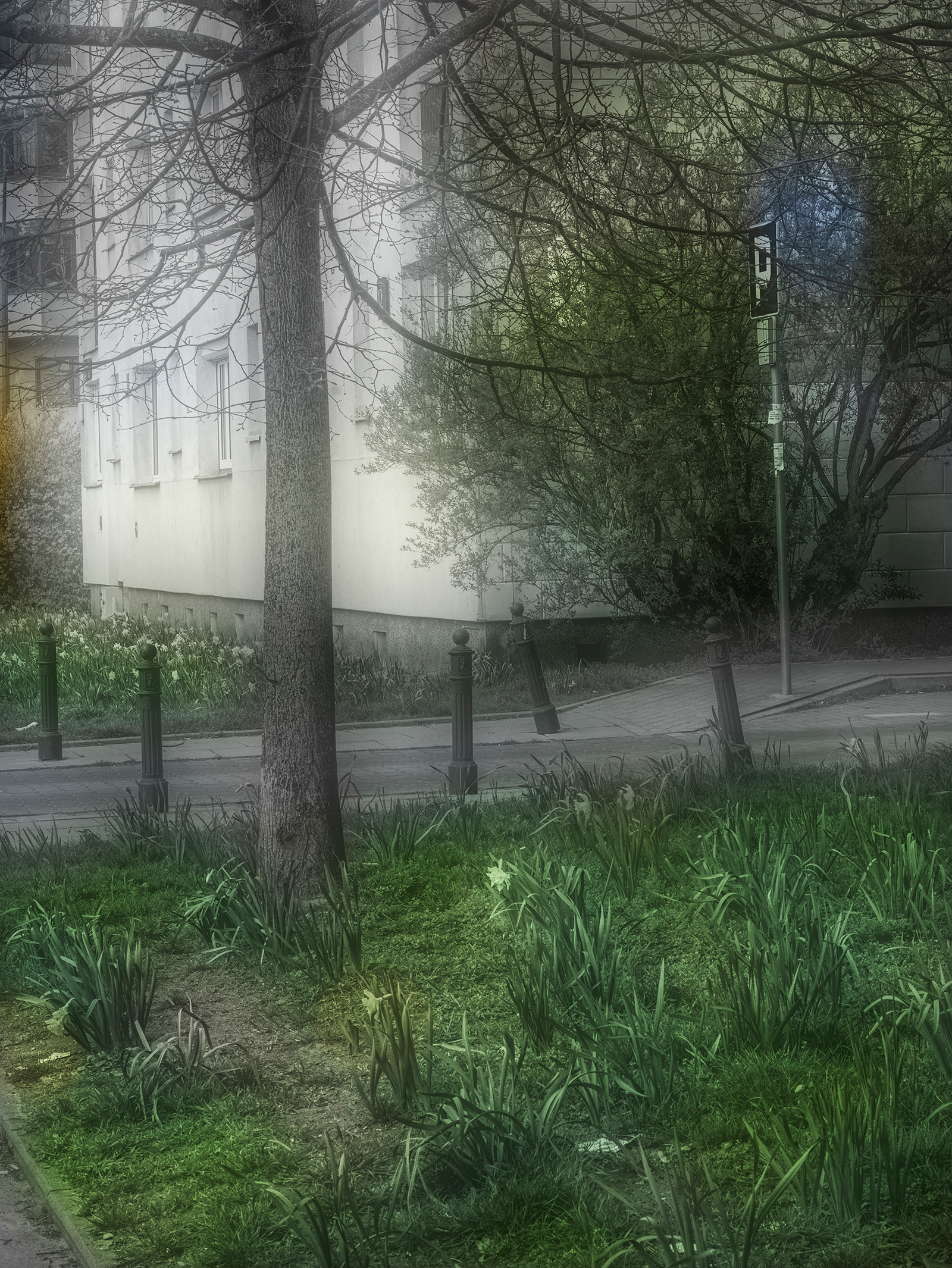
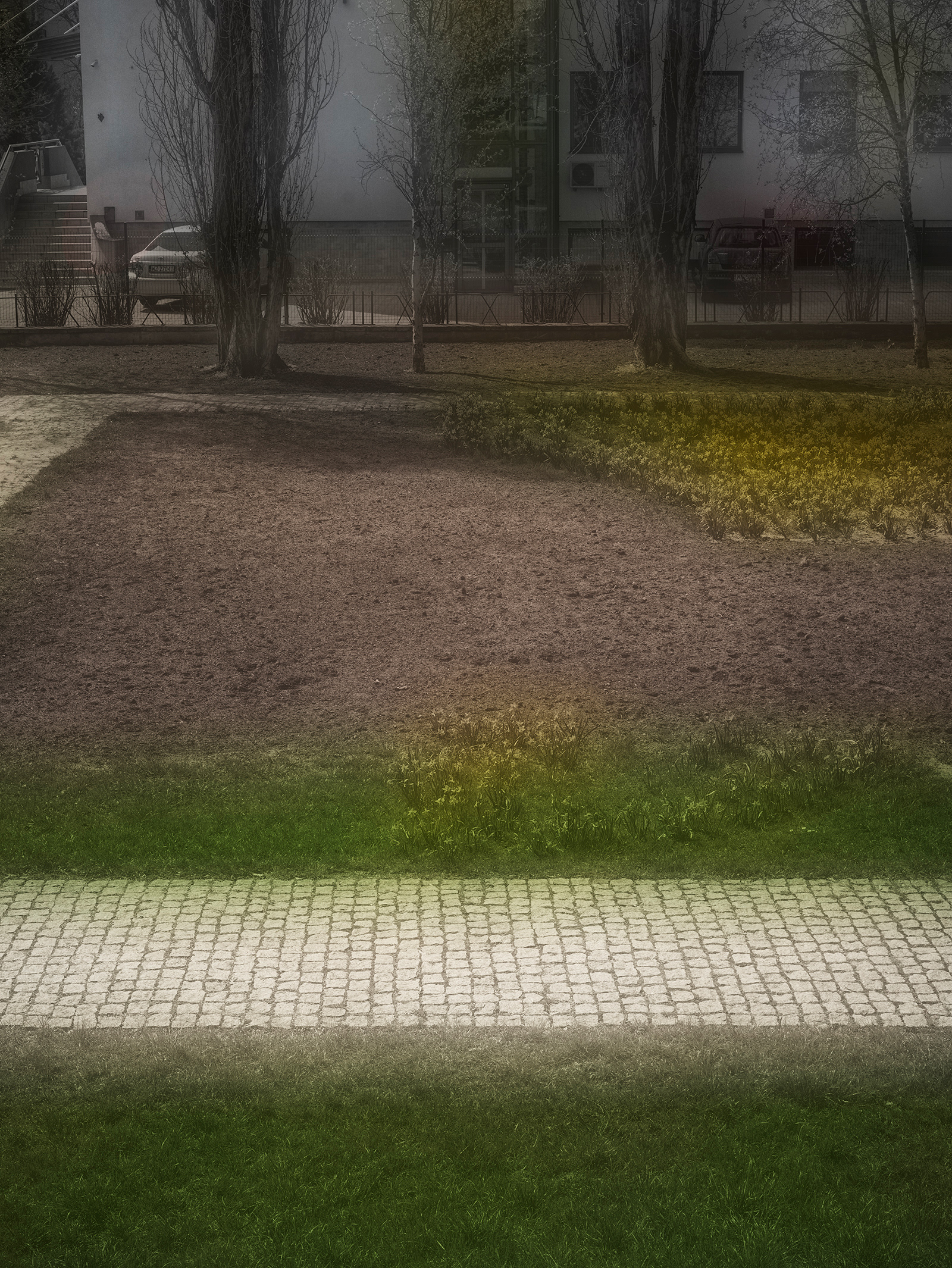
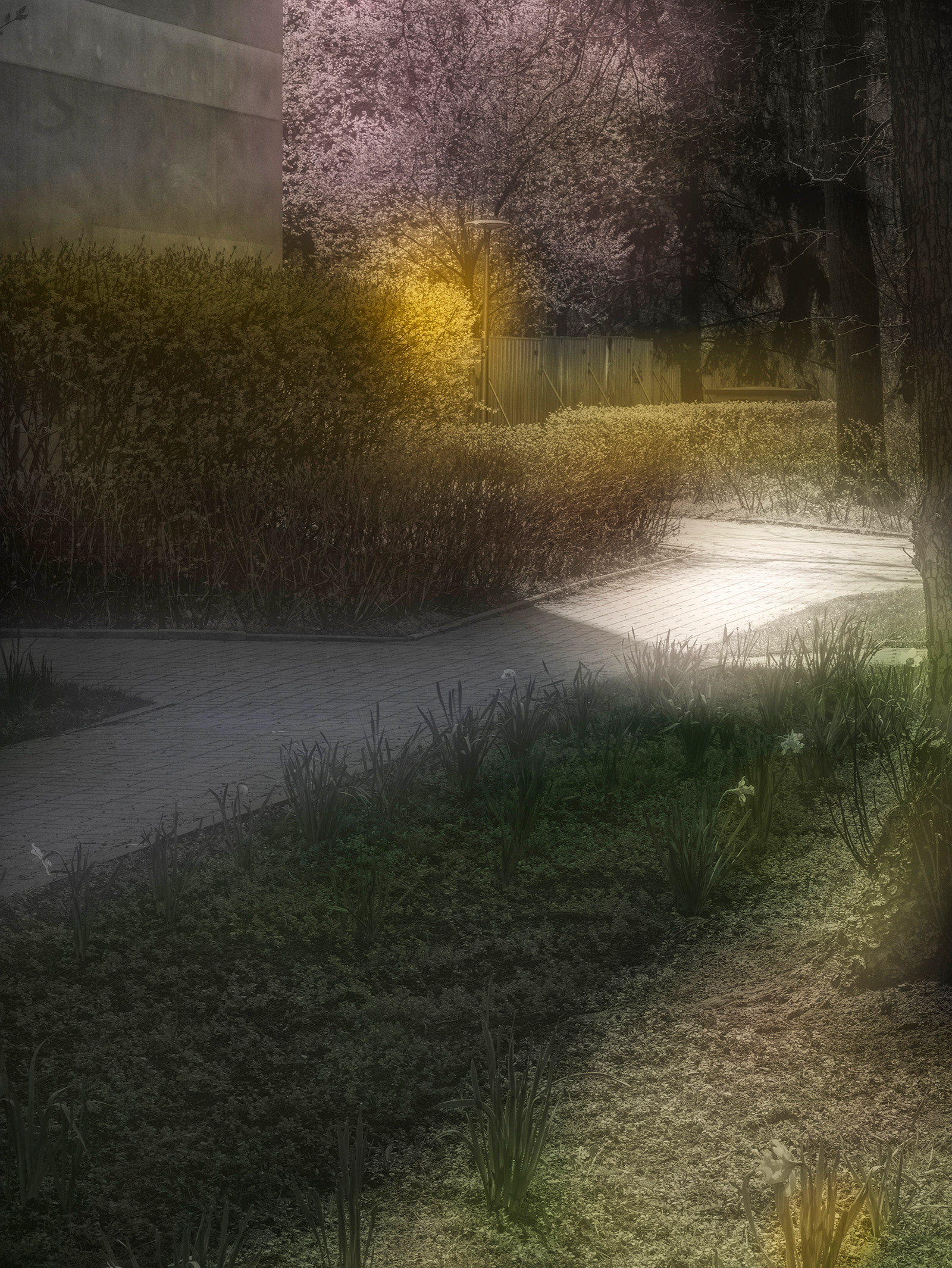
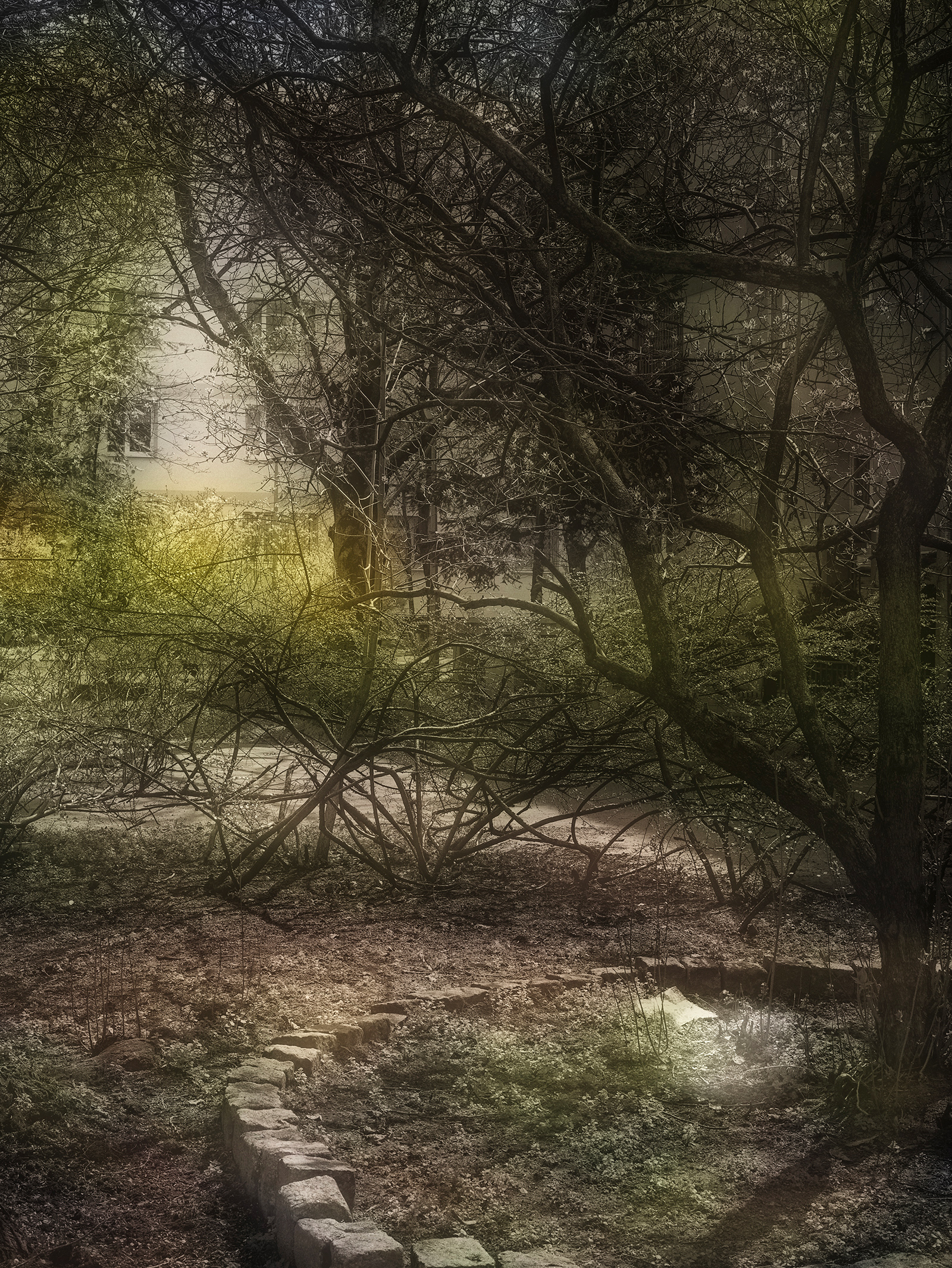
6. I approached Muranów visually in a specific way. To make each photograph I made two photographs, one for color and unsharpness, and one for monochrome and sharpness. Working with my digital camera on a tripod, I made one exposure with hyperlocal depth of field, and then opened the aperture wide and threw the lens out of focus for the second exposure. Later, I converted the first exposure to black and white, and the second I left in color. Then I combined them. I did not know in advance what the combination would look like, or what I wanted it to look like. Of all the ways I discovered it can look, what feels right to me is the monochrome lending a quality of descriptive—or more accurately, predictive—stability, in the midst of which color seems to bleed, to suffuse, to escape, to hover. I relied on the muse’s feeling for light and color to lead me, for which I am grateful.
The whole vision cannot separate itself from the hallucinatory, a word I mean in its etymological sense—from the Latin “alucinari,”“to wander in the mind,” derived from the ancient Greek ἀλύω, “alyo,” “to wander mentally, to be at a loss, to be beside oneself from grief or perplexity.” In the Yiddish of my ancestors, if to be פֿאַרמישט, “farmisht,” “to be at a loss” had its equivalent in seeing—these photographs are one way it feels like “to see at a loss.”
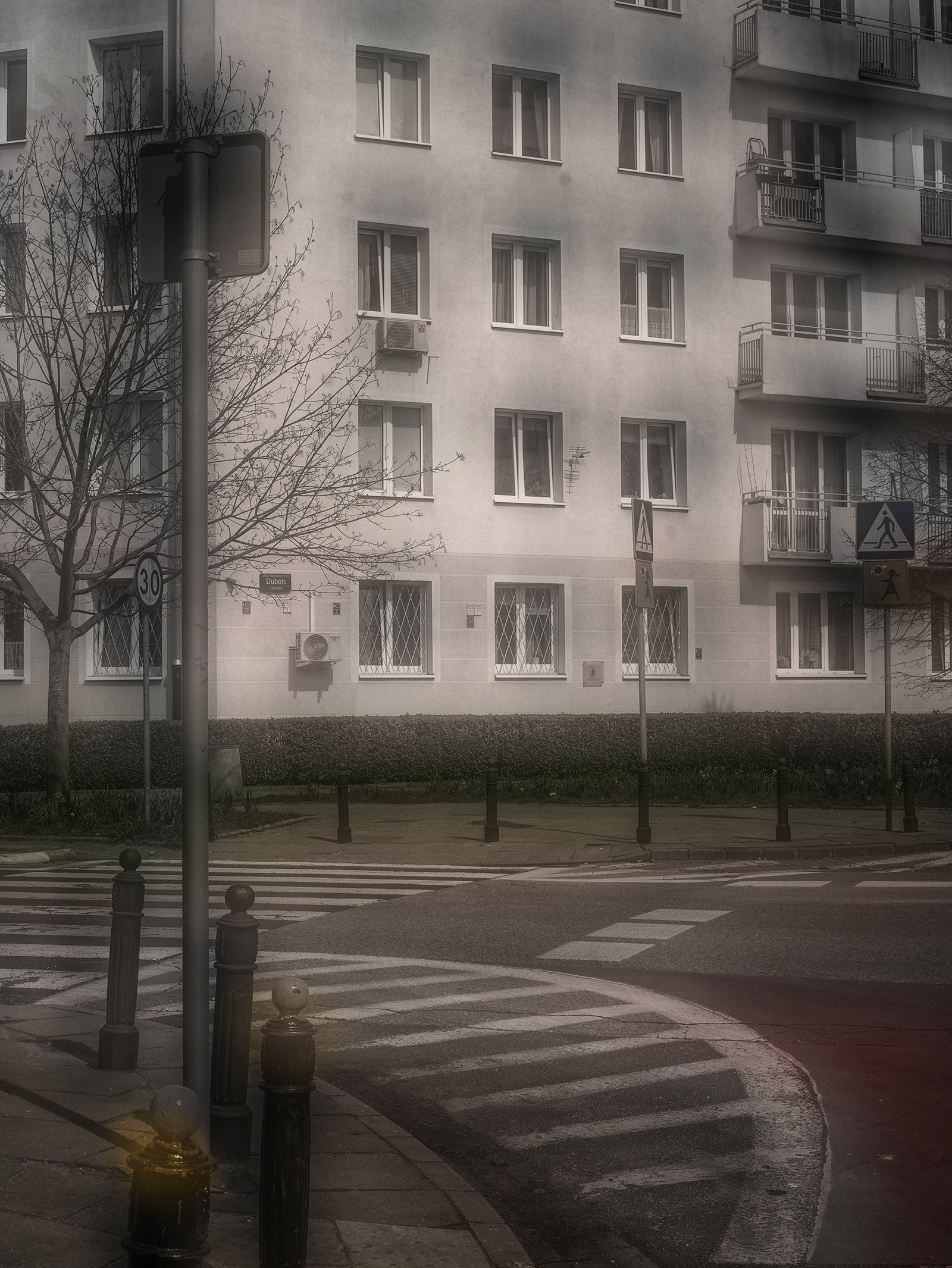
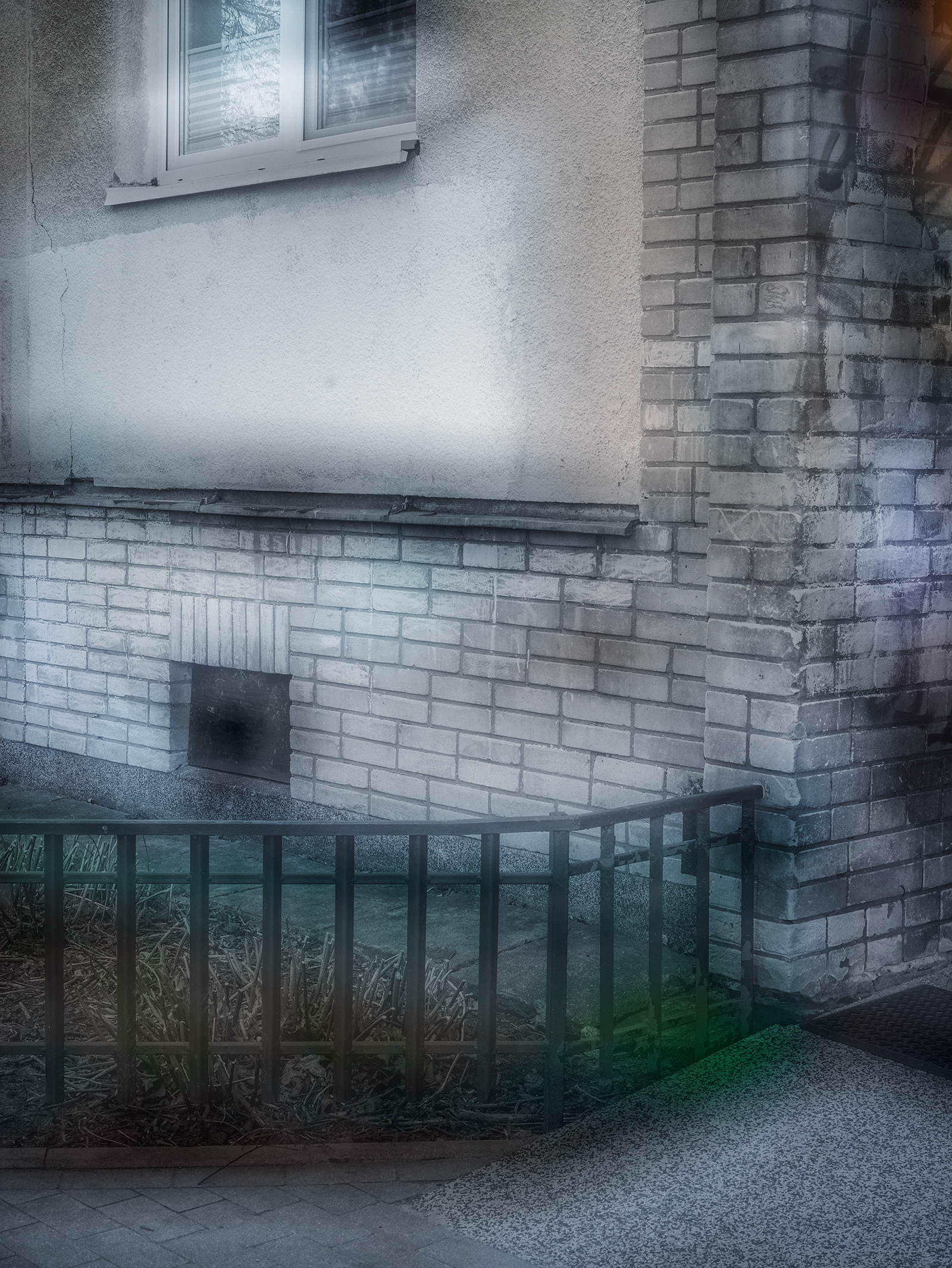
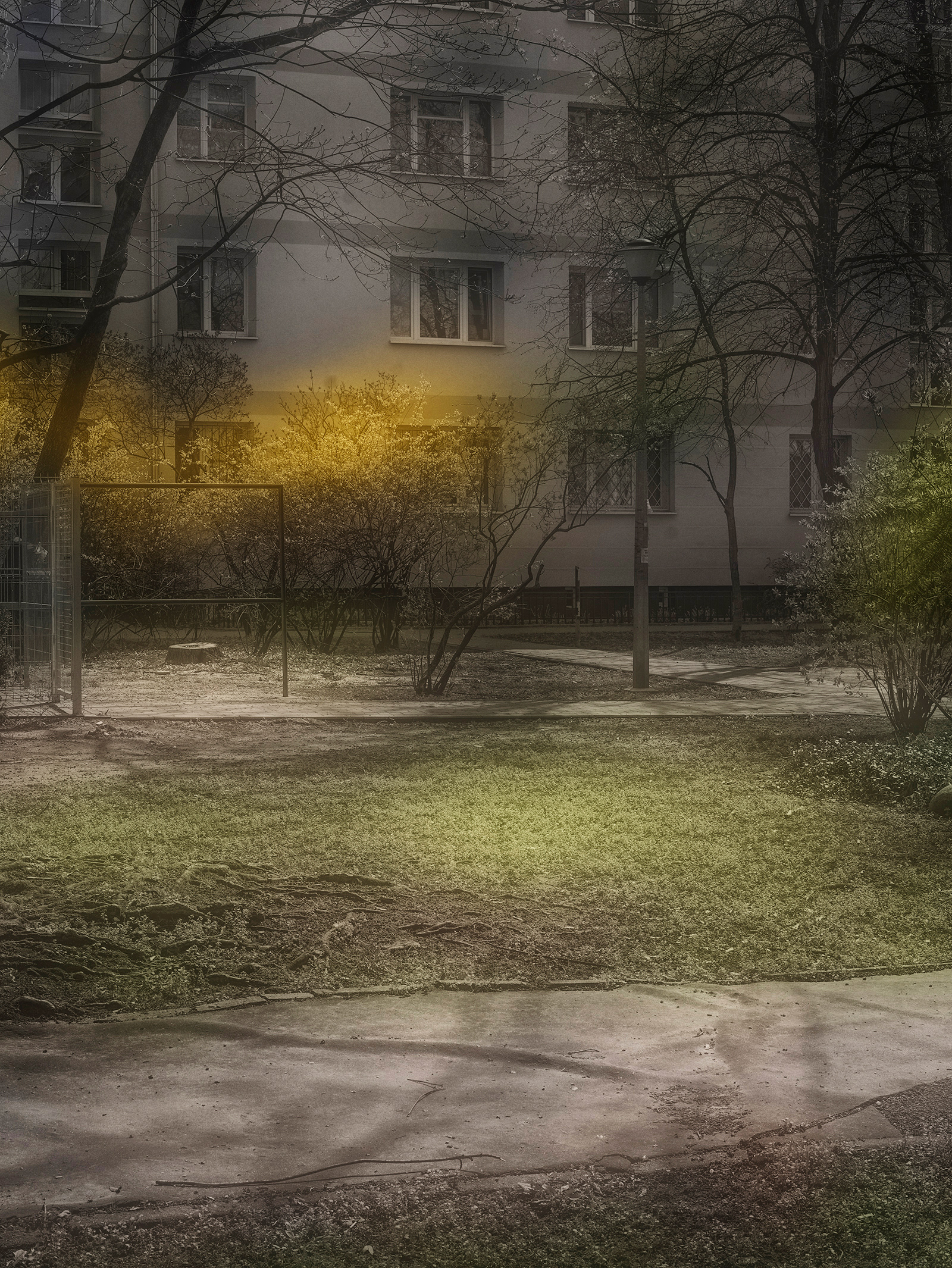
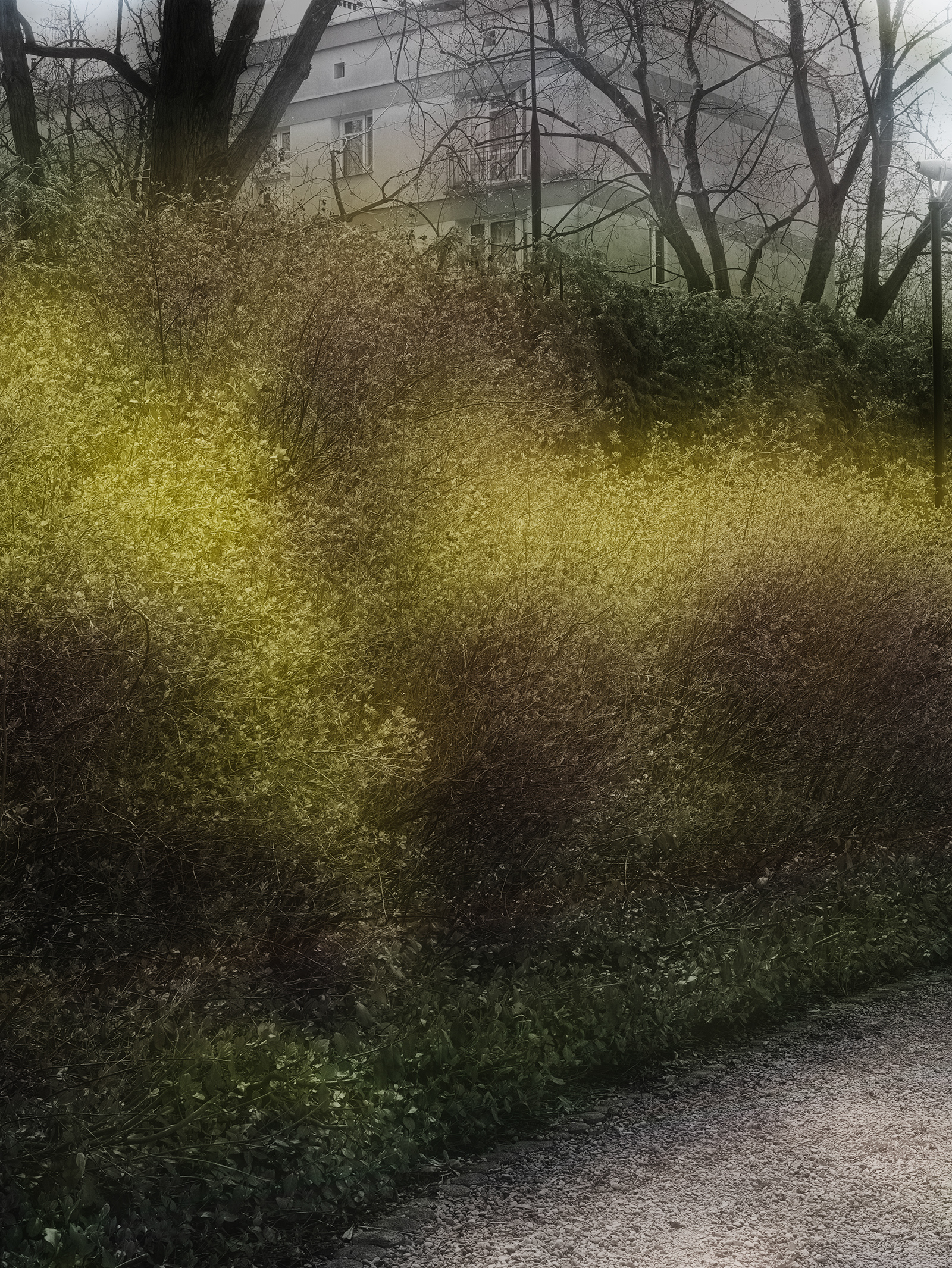
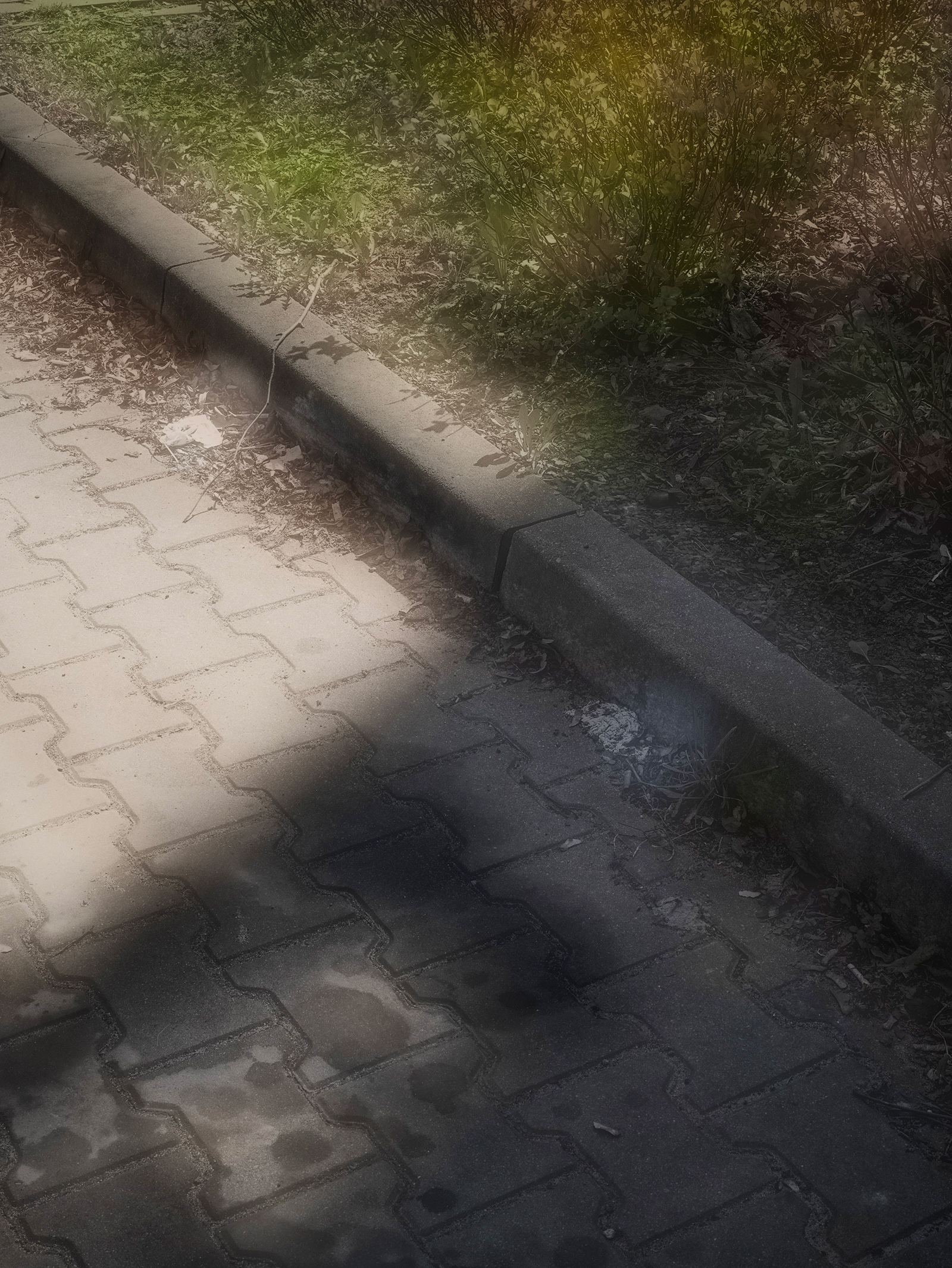
7. I give today’s last word to Abraham Sutzkever, a poem he wrote in the Vilna Ghetto, on 14 February 1943. The “you” to whom the poem is addressed seems dilated—the poet addresses not only his future self, should he survive, but the future itself, which is to say us, we the inheritors, whom time tasks differently than the survivors. In keeping with my methods of photographing in Muranów, it seems only right to render this one poem in two translations, both mine, from the Yiddish.
?װי אַזױ
װי אזױ און מיט װאָס װעסטו פֿילן
?דײַן בעכער אין טאָג פֿון באַפֿרײַונג ביסטו גרײט אין דײַן פֿרײד צו דאַרפֿילן
?דײַן פֿאַרגאַנגענהײַטס פֿינסטערע שרײַונג װו עס גליװערן שאַרבנס פֿון טעג
?אין אַ תהום אָן אַ גרונט, אָן אַ דעק
דו װעסט זוכן אַ שליסל צו פּאַסן
.פֿאַר דײַנע פֿאַרהאַקטע שלעסער װי ברױט װעסטו בײַסן די גאַסן
.און טראַכטן׃ דער פֿריער איז בעסער און די צײַט װעט דיך עקבערן שטיל
.װי אין פֿױסט אַ געפֿאַנגענע גריל
?דײַן בעכער אין טאָג פֿון באַפֿרײַונג ביסטו גרײט אין דײַן פֿרײד צו דאַרפֿילן
?דײַן פֿאַרגאַנגענהײַטס פֿינסטערע שרײַונג װו עס גליװערן שאַרבנס פֿון טעג
?אין אַ תהום אָן אַ גרונט, אָן אַ דעק
דו װעסט זוכן אַ שליסל צו פּאַסן
.פֿאַר דײַנע פֿאַרהאַקטע שלעסער װי ברױט װעסטו בײַסן די גאַסן
.און טראַכטן׃ דער פֿריער איז בעסער און די צײַט װעט דיך עקבערן שטיל
.װי אין פֿױסט אַ געפֿאַנגענע גריל
און ס׳װעט זײַן דײַן זכּרון געגליכן
.צו אַן אַלטער פֿאַרשאָטענער שטאָט און דײַן דרױסיקער בליק װעט דאָרט קריכן
— װי אַ קראָט, װי אַ קראָט
.צו אַן אַלטער פֿאַרשאָטענער שטאָט און דײַן דרױסיקער בליק װעט דאָרט קריכן
— װי אַ קראָט, װי אַ קראָט
“How?”
how and with what
will you fill your cup
on the day of freedom?
in your joy will you feel
all of what congealed
as skulls, as wails
in darkness, in endless
abyss?
will you fill your cup
on the day of freedom?
in your joy will you feel
all of what congealed
as skulls, as wails
in darkness, in endless
abyss?
you will search for
a key to your doors
shattered and jammed
thinking: it was all better then—
you’ll chew streets like bread
and time will gnaw you mute
like a cricket
held in a fist.
a key to your doors
shattered and jammed
thinking: it was all better then—
you’ll chew streets like bread
and time will gnaw you mute
like a cricket
held in a fist.
your memories will seem
like an old buried city
and your strange eyes will stare
like a mole creeping down,
creeping down…
like an old buried city
and your strange eyes will stare
like a mole creeping down,
creeping down…
—
how will you fill your cup
on the day of your freedom, and with what?
in your joy, will you feel
the darkness and the past,
when your days stacked like skulls
in a bottomless pit?
on the day of your freedom, will your locks open?
or will your keys drop through your fingers?
will you eat bread, or streets as if they were bread?
will you think, “it was better before,”
as “before” grows numb within you
like a cricket caught in a fist?
or will your keys drop through your fingers?
will you eat bread, or streets as if they were bread?
will you think, “it was better before,”
as “before” grows numb within you
like a cricket caught in a fist?
watch and watch how it happens:
your memory turning the lesson into a sunken town,
your outsider eyes staring
like a mole creeping down, creeping down…
your memory turning the lesson into a sunken town,
your outsider eyes staring
like a mole creeping down, creeping down…
April-May 2023